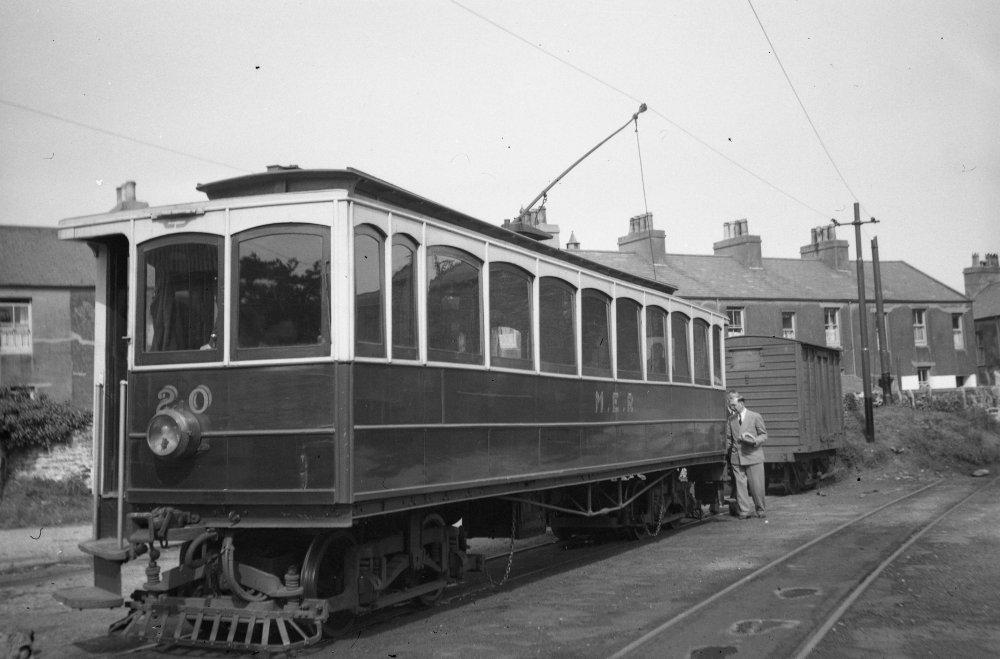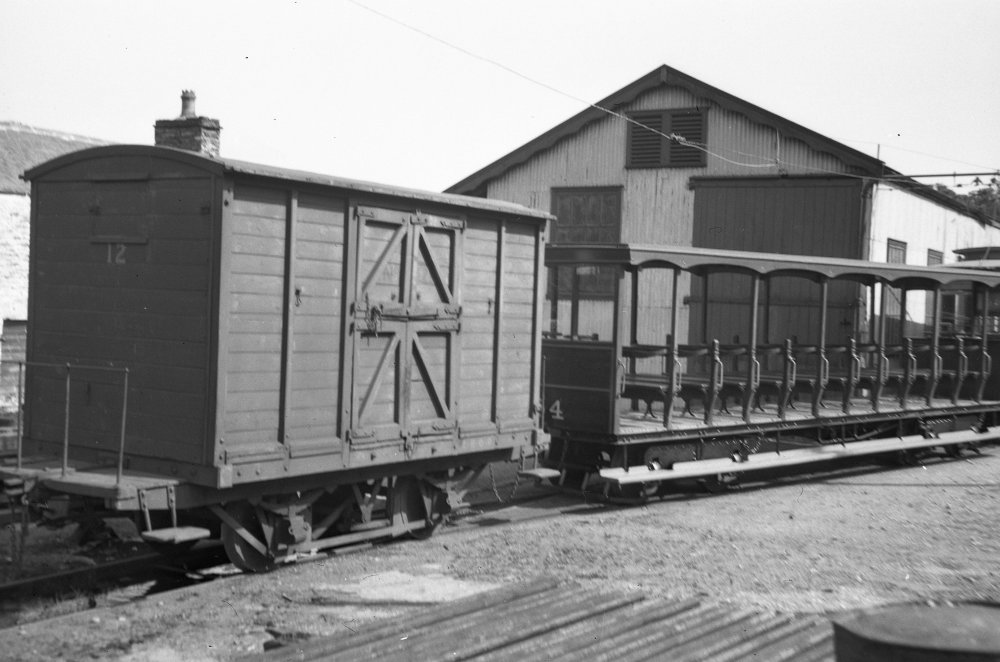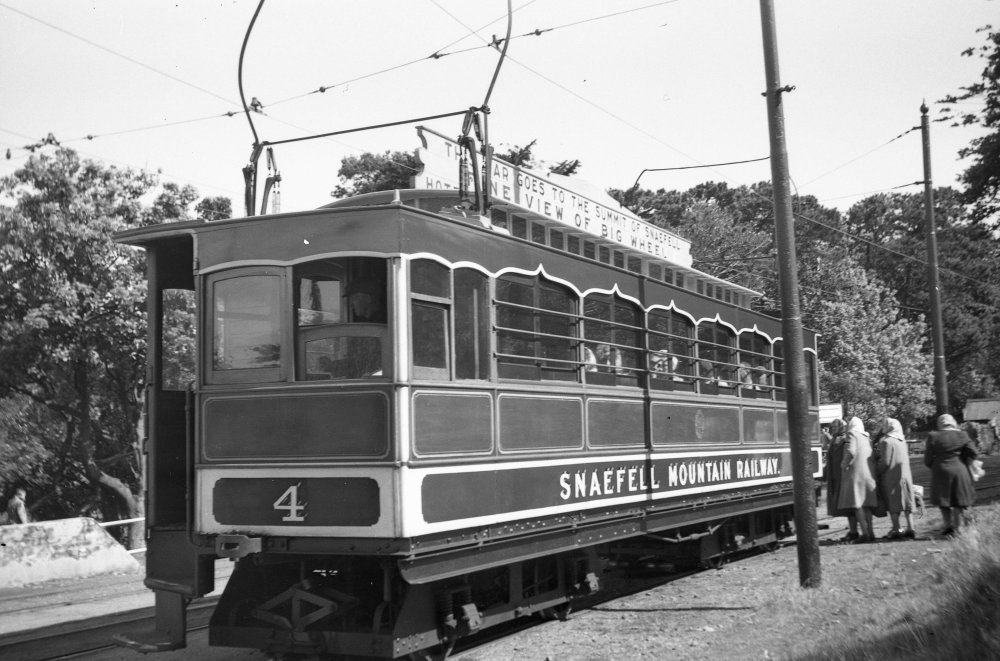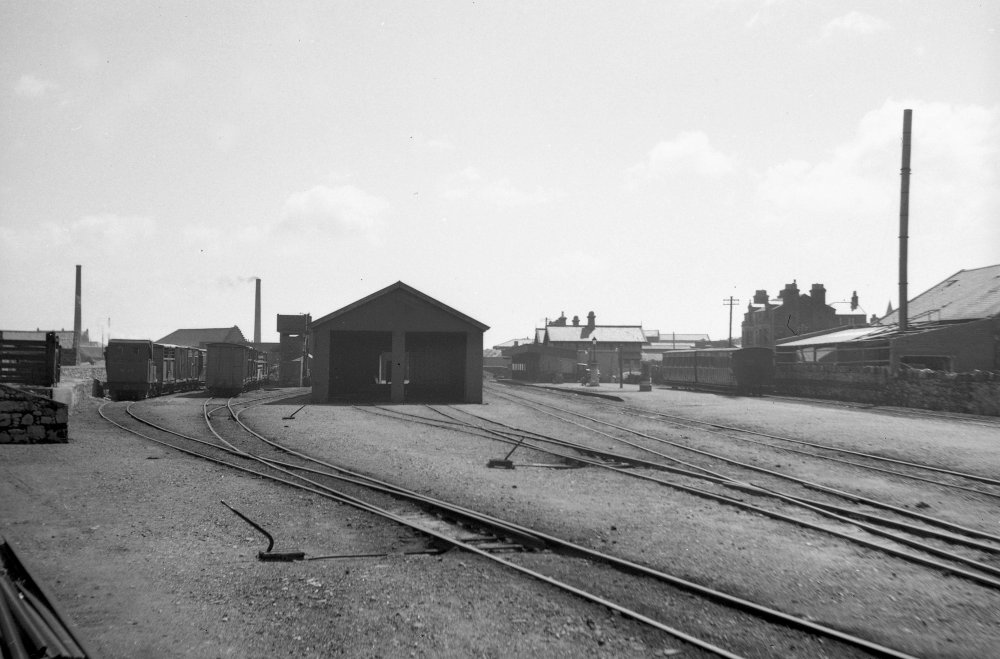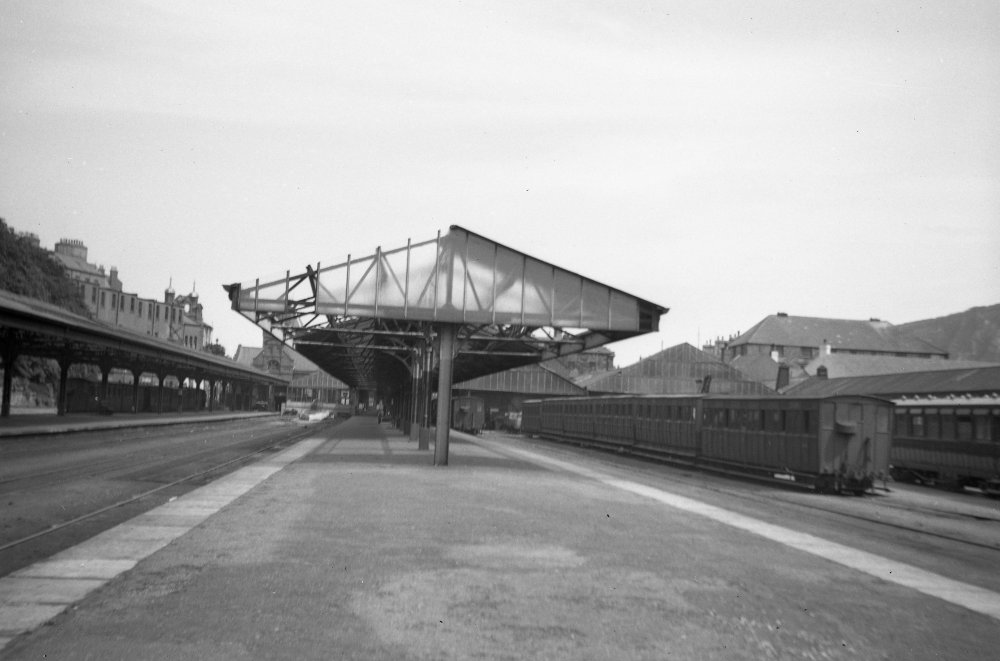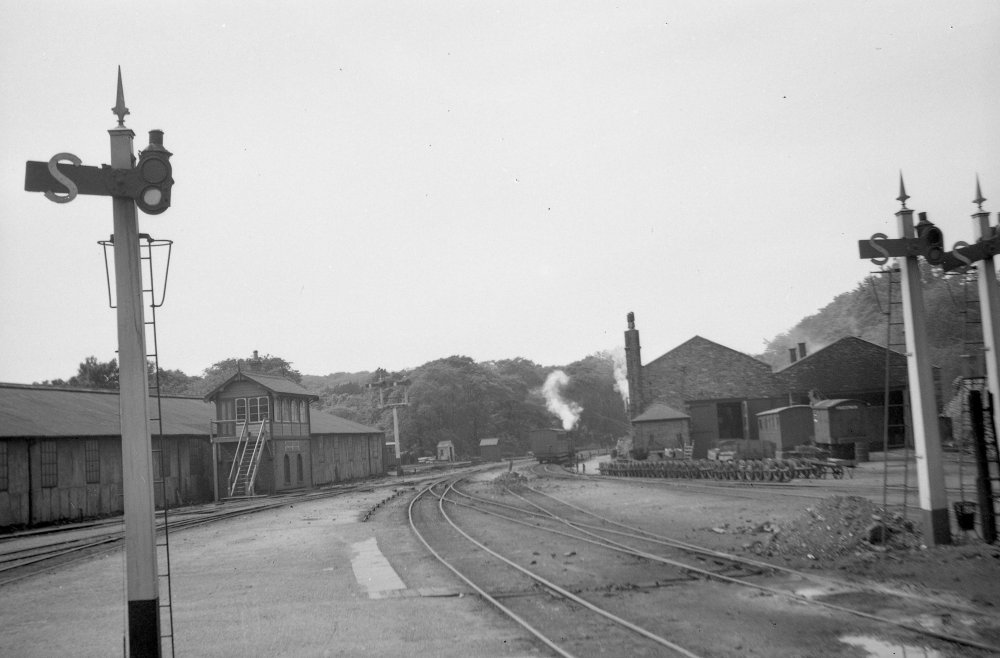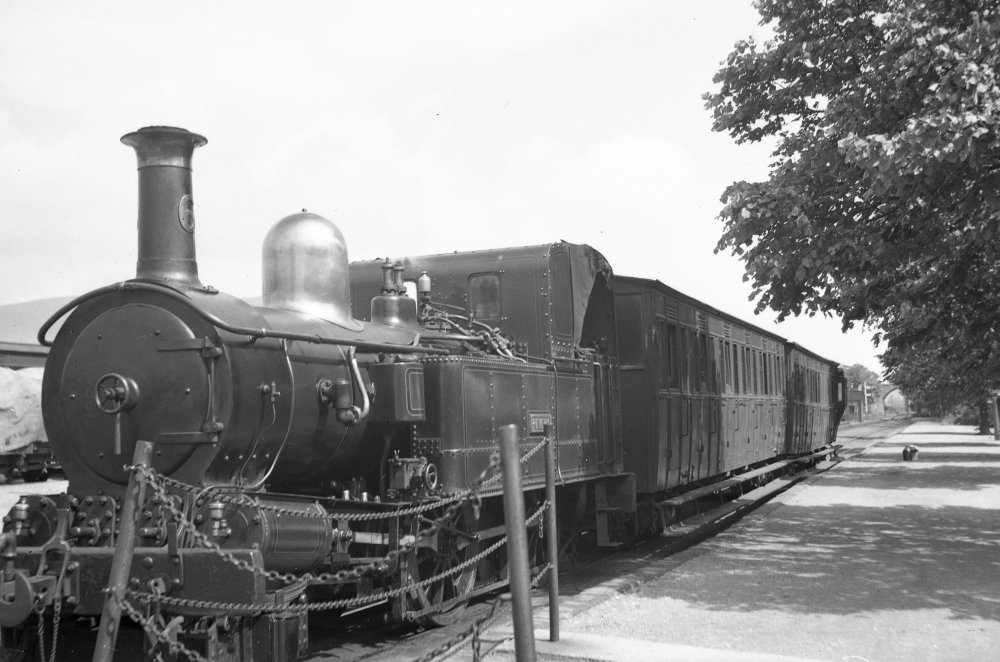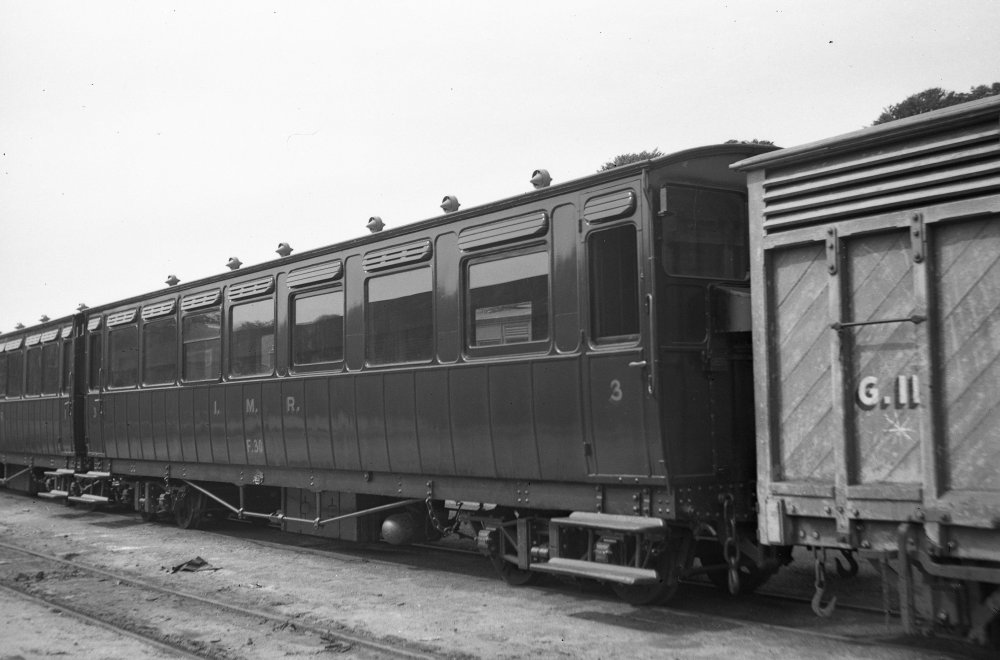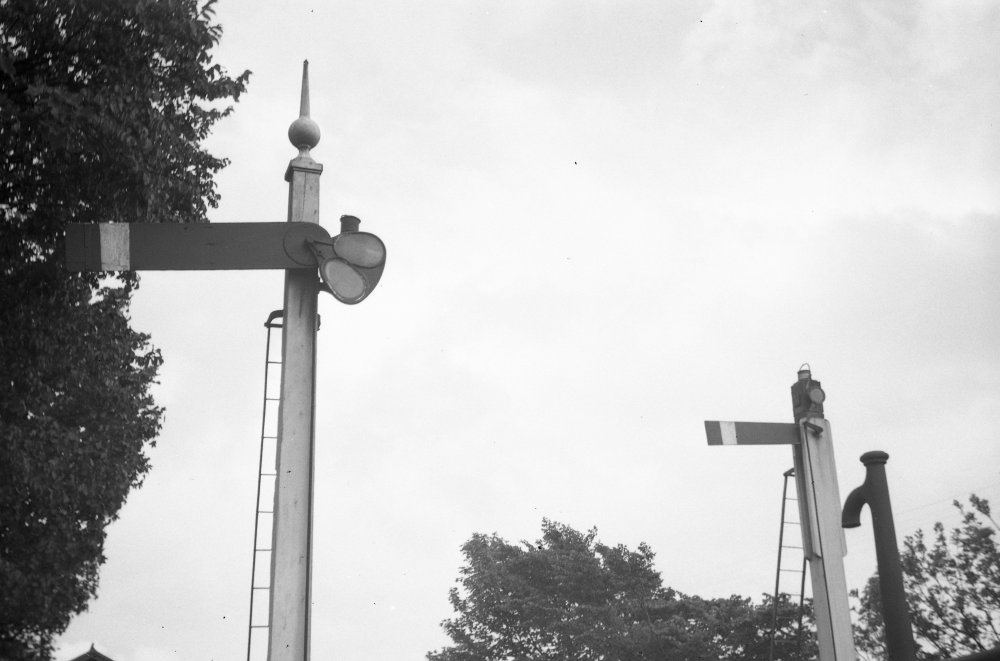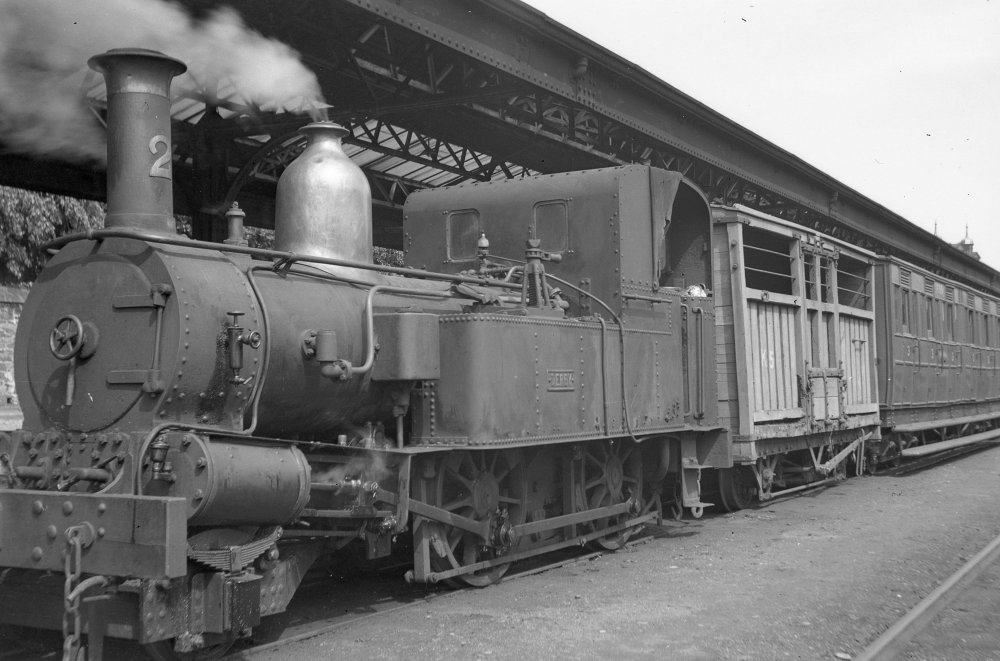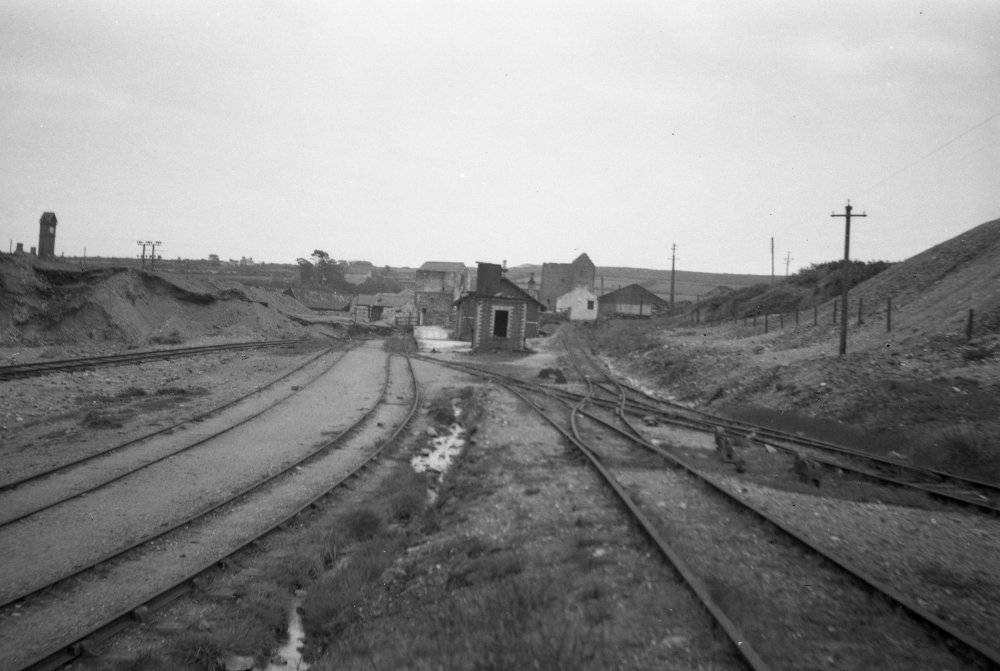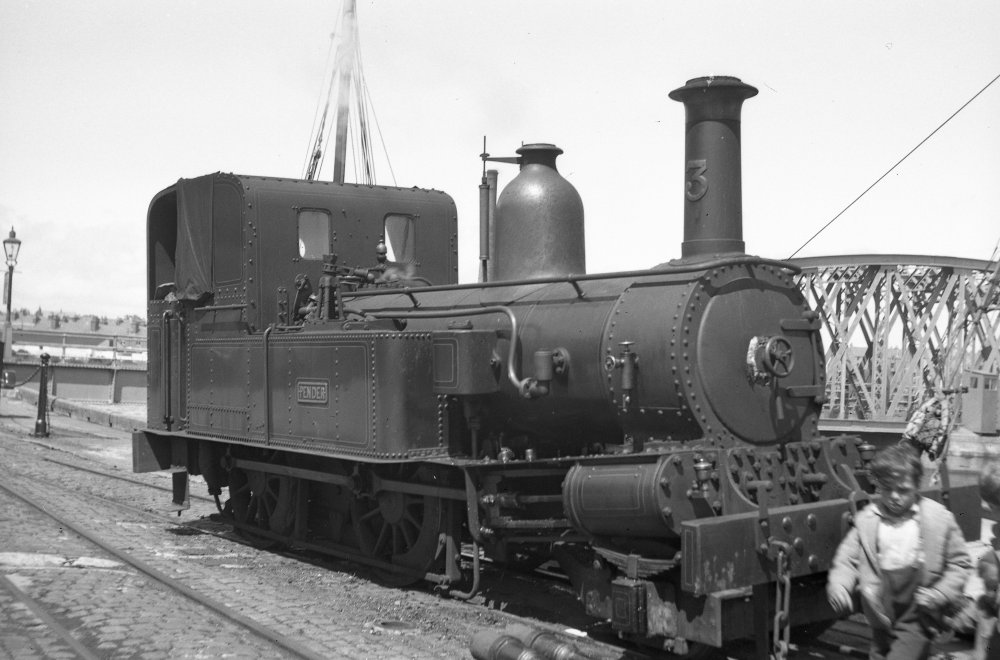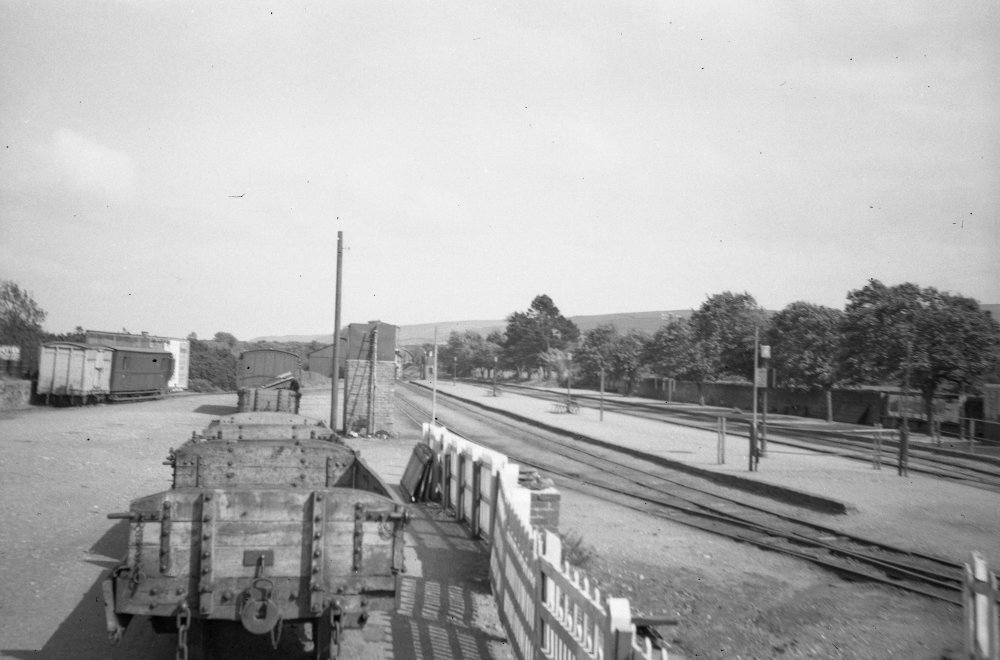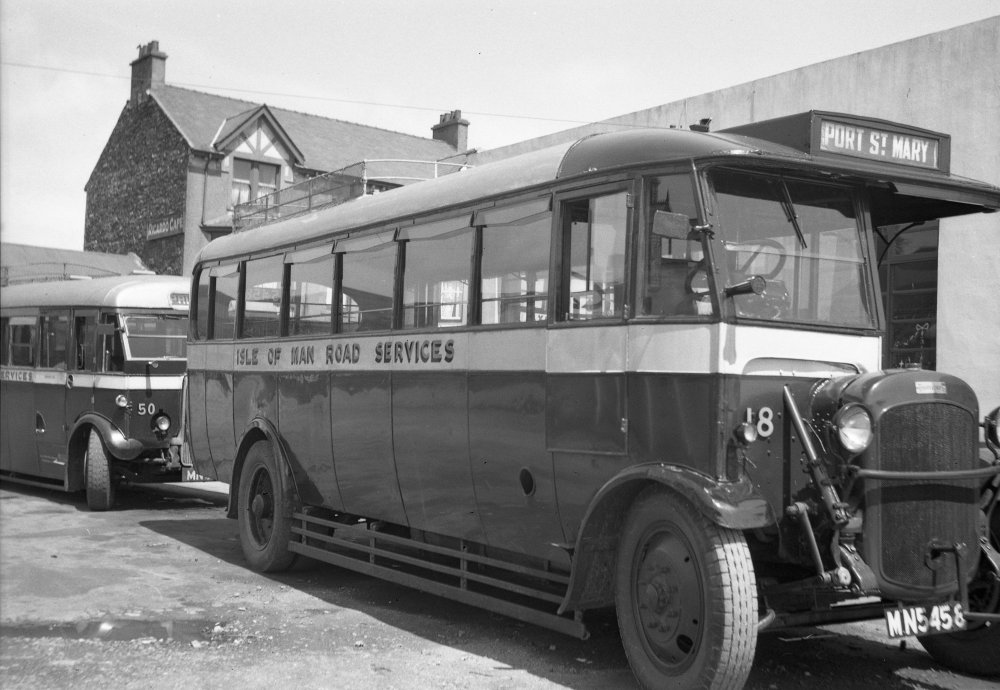-
Posts
15,859 -
Joined
-
Last visited
-
Days Won
393
Content Type
Profiles
Forums
Events
Gallery
Everything posted by jhb171achill
-
Interesting, as 70 were never built! Regarding railcar use, only a couple were ever used as such - I’ve a note of the numbers somewhere - but as far as I know only on a trial run or two, never in routine, normal, regular traffic. All black’n’tan carriages old and new had a “1” or “2” when new, though the “2”’s weren’t continued. All Cravens were second only, soon to be standard only, when new.
-
PM sent Thats Germany….. I got a package here, the contents of which had cost me about €500 or €600. I had to pay €130-odd to the post office…..
-
amdaley, yes - exactly!! A retrograde step. Thank you, Brexit…..! Well, at least the Rails and Hattons staff (not their fault!) have bloooo passports…… Serious point; some of us are fortunate enough to have relatives or friends in the north or Britain. We would do well to research costs depending on where we’re ordering stuff, or the policy of the supplier. I will be tormenting Relative In Wales, who can bring things over when visiting.
-
That's a British one, I think. The Bell container, I guess, is a visitor; the pic is in Brexitland. The track looks (British) standard gauge, as does the (blue!) wagon. That is a standard design of Wickham car seen all over the world, but I am unaware of any here at any time, other than a slightly longer one the GNR had at some stage. If the seller is trying to pass it off as Irish, I'd be pretty certain they're mistaken. Plus the pylons in the background - doesn't look very North Wallish!
-
Rachelstown and St Stephens Green
jhb171achill replied to The Derry Road's topic in Irish Model Layouts
Very nice! Works well with the backscene too. -
Some varied stuff here from Brexitstan. First we've LMS, then we go south. The IOWR is in there too. The Mersey Railway gets a look in, as does the Festiniog, which he visited pre- and post-preservation, the last time in the 1970s. An interesting aside is that Senior's father paid a semi-official visit to the Liverpool Overhead while the Drumm trains were in design stage. I am unaware of whether Dr. Drumm was with him, but since Seniorx2's job was the bodywork design of these things, the electrical aspect of it had nothing to do with him. Could it be that the GSR was actively considering a system similar to the Liverpool Overhead trains for the Bray - Amiens St., and Bray - Harcourt St. lines? THAT would have been interesting; had such a system been put in place, it would have been running into the 1960s, thus the Harcourt St. line would likely have avoided its 40-year closure. Senior's first visit to the Festiniog was, I believe, in the late 1930s. In 1942/3 he was working for the LMS, based in the Civil Engineer's HQ in Blackburn (where he saw "the new engines" (Black 5s) passing along). While in England, he did a number of side trips, and on frequent returns home to Dublin would have passed through North Wales frequently. The visit to the Vale of Rheidol was at some stage in the early 1950s - I do not know the circumstances as by then he was on the GNR, based in Enniskillen. The several bridges here are of interest; doubtless someone can identify them. Modellers of things British will be interested to look at the wagons to be seen in these pictures. The picture of the Southern Railway 2.6.0 shunting wagons appears to be at the side of a canal wharf about to overflow! Any ideas where that is? The miniature railway - could that be Ravenglass?
-
I have. Its marginally bright, but I’ve seen worse, and decent weathering sorts it out.
-
The six-wheeler.
-
-
So from the Isle of Man to the "mainland"; Switzerland and possibly Austria in several cases - some of you folks will have a better knowledge of things continental than I have. I think this lot must all be 1956, though it's possible some is earlier. I notice my late aunt sitting facing us in the first picture - this one will be about 1951/2.
-
I'm sitting at home today working on more signage! (Plus two Provincial wagon kits....)
-
I have two of them, Leslie. One has a more "pristine" livery, as if it's a rare example of a wagon newly repainted in the late 50's, but it's just posed in that pic as it has no couplings yet. The other has, and has been weathered a bit. I'll eventually weather it even more. I'm well pleased with the Provincial "H" vans, cattle trucks and Bullied opens! I must have several dozen between them....
-
Boyd said that exact thing to me when I toured with him in the 1970s; his particular favorite, as might be expected, was the T & D. Regarding the similarity, the modern IOMR is maybe what a section of the CDR would be like had it survived! But jhb171Senior ALSO said, when we were there in 1973, that the then IOMR reminded HIM of the CDR. The rocking and rolling of creaky carriages over shockingly bad track (at that time) was pure Donegal, he said. The Welsh lines couldn't even compare with the 200 miles of 3ft gauge track in Donegal; it would be like comparing a funfair fifteen-inch-gauge with the down Cork Mail on a Monday morning behind "Maedb"! Forgot to add, the pic of No. 3 "Pender" is a rare enough one to start with, but the loco is shunting the siding on Ramsey Quay. That's something very rarely surviving in pictures.
-
As referred to in another thread, I will post here a selection of material from the above places, taken by jhb171Senior or (in a few earlier cases) my grandfather during the mid 30s to mid 50s. I hope these are of interest. Starting with the Isle of Man, which includes the Ramsey Pier Tramway, a rare beast in photos. Foxdale features too - even then, it was little used as the mines had closed. The man on the platform at Peel with camera, is Inchicore's own H J A Beaumont...... he is seen lurking in Ramsey MER station too.
- 39 replies
-
- 10
-

.png.c363cdf5c3fb7955cd92a55eb6dbbae0.png)


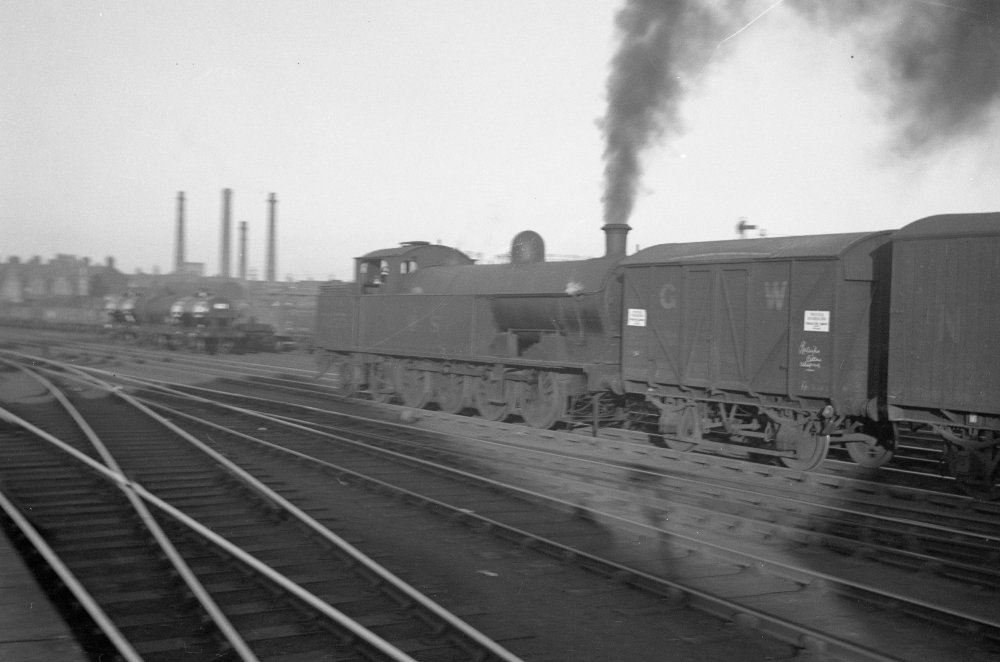

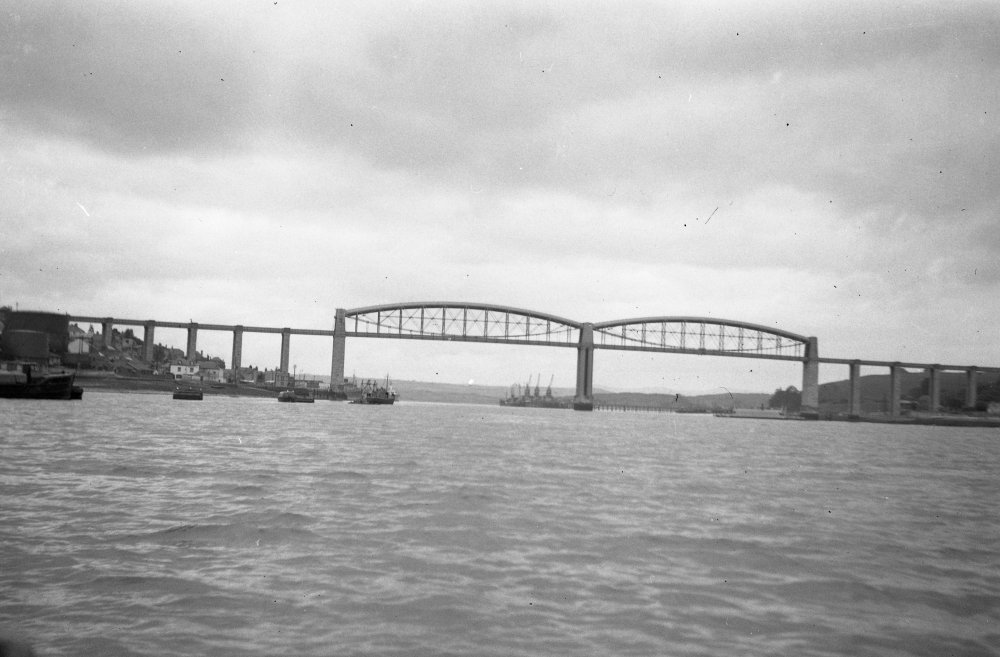
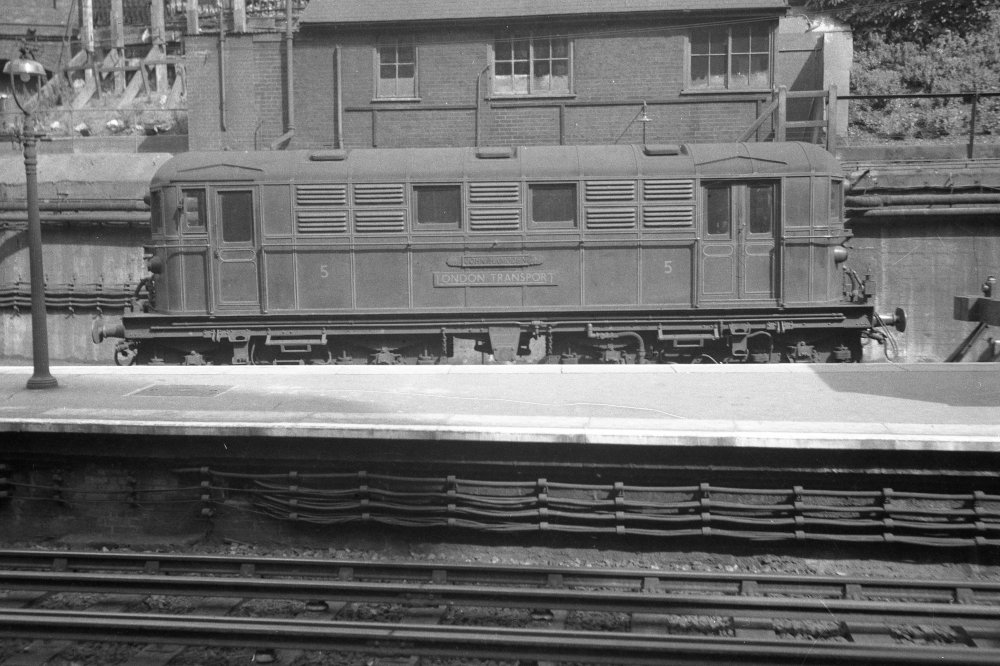
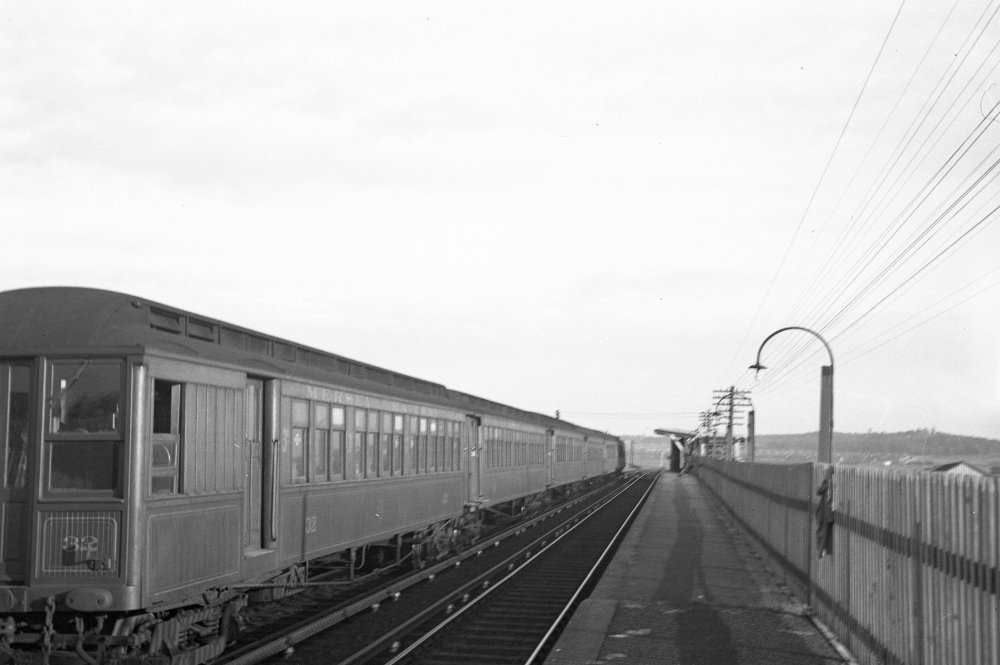
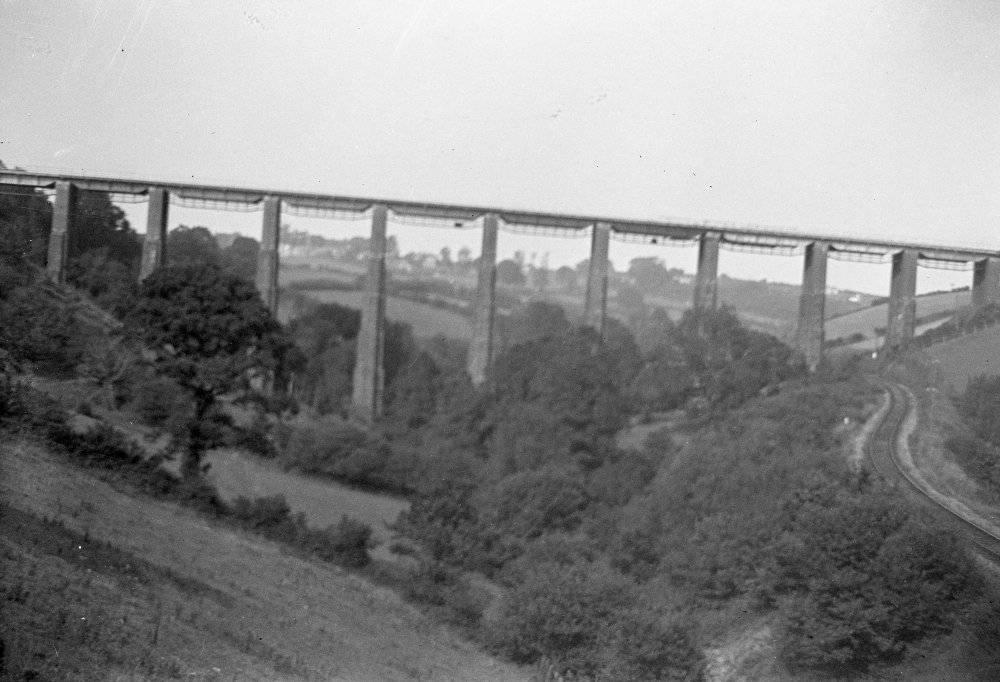
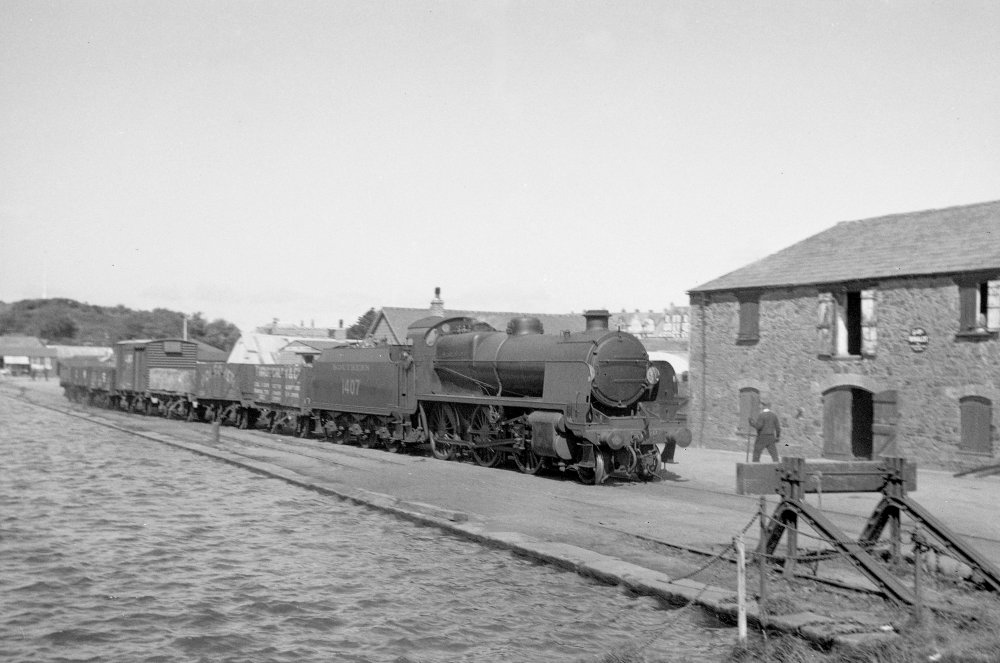
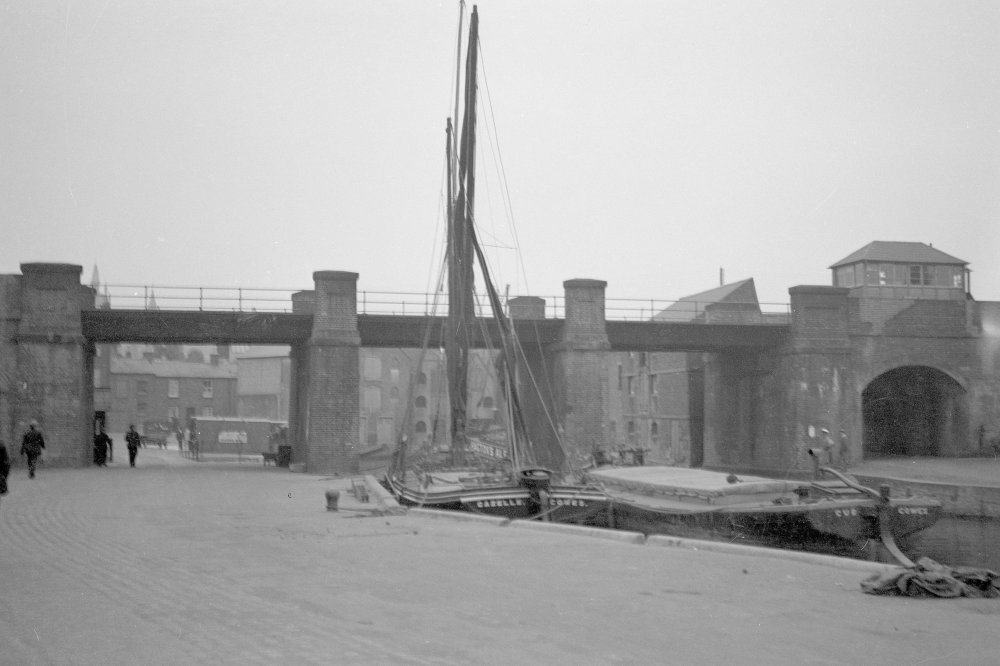

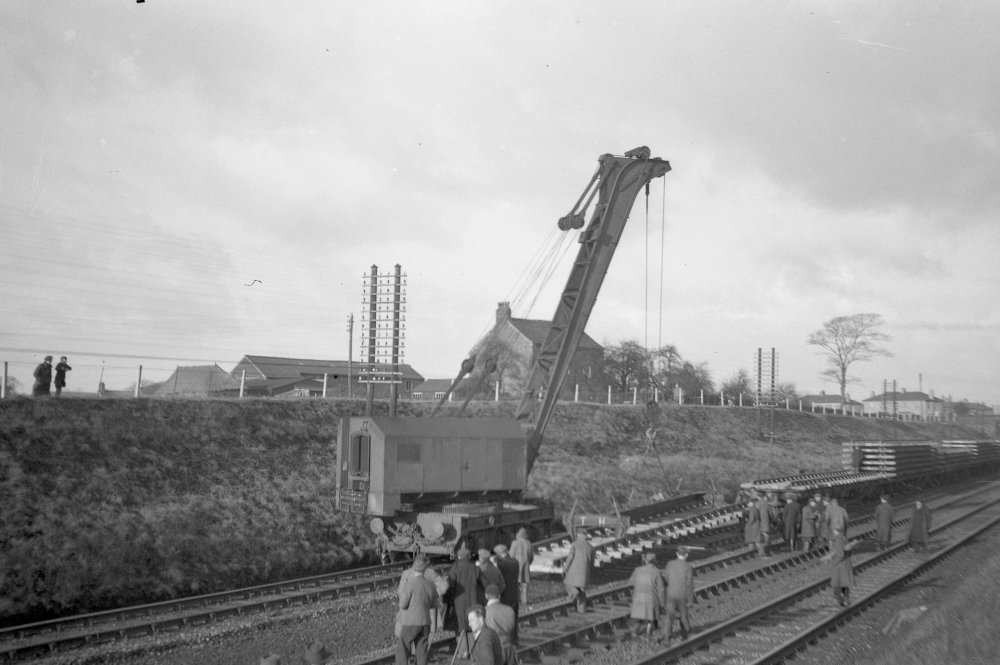
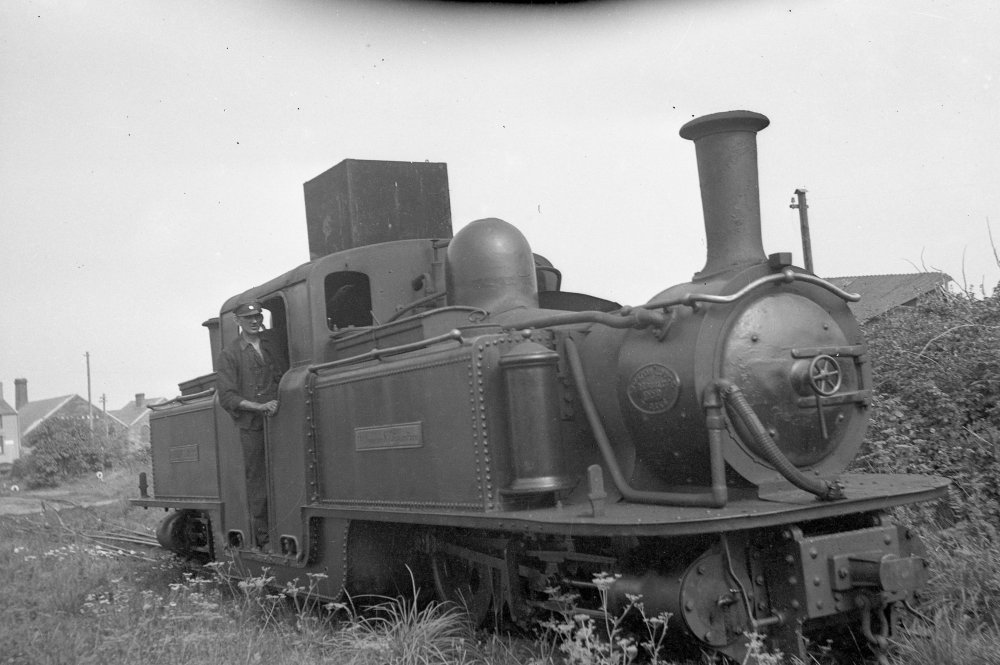
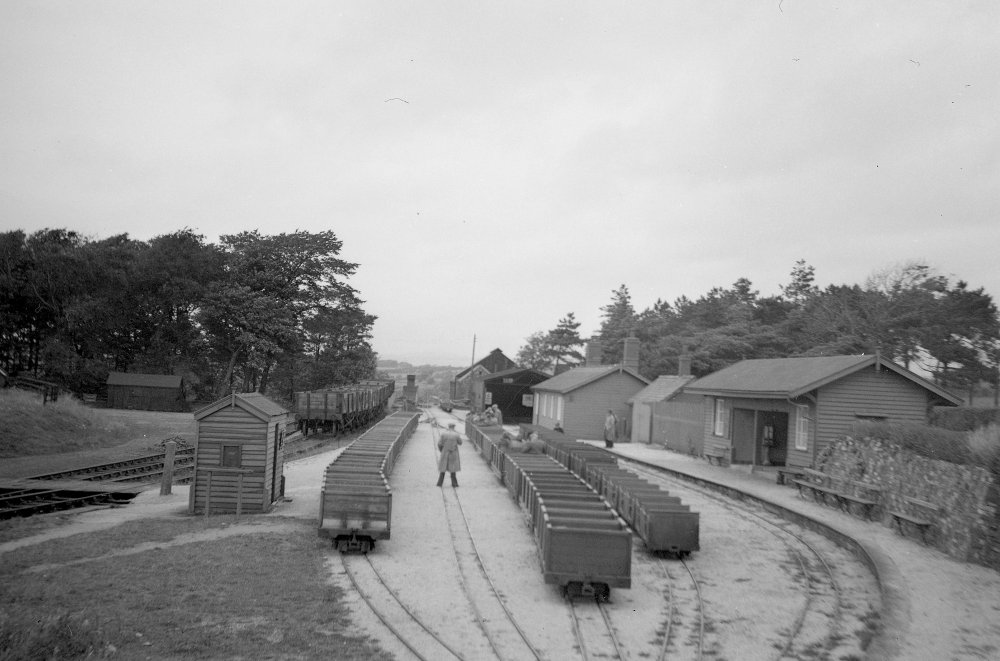
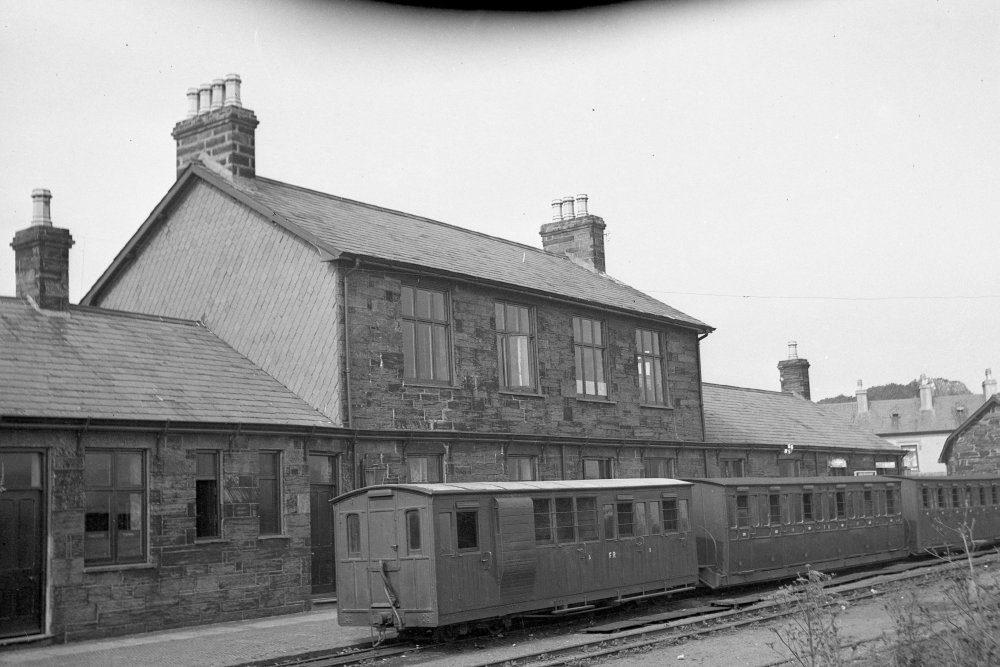
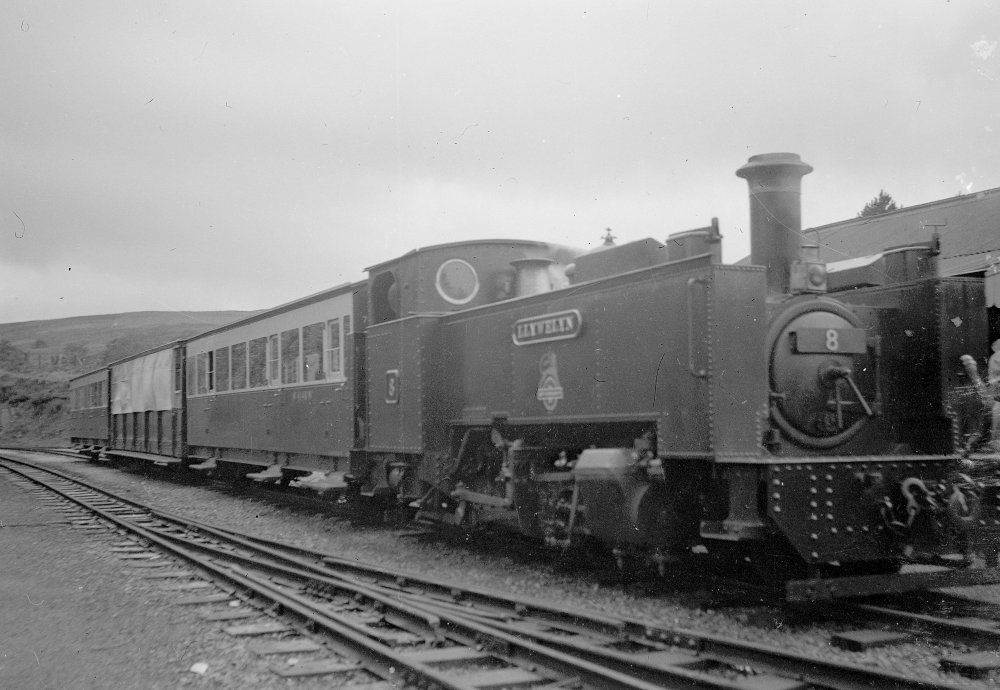
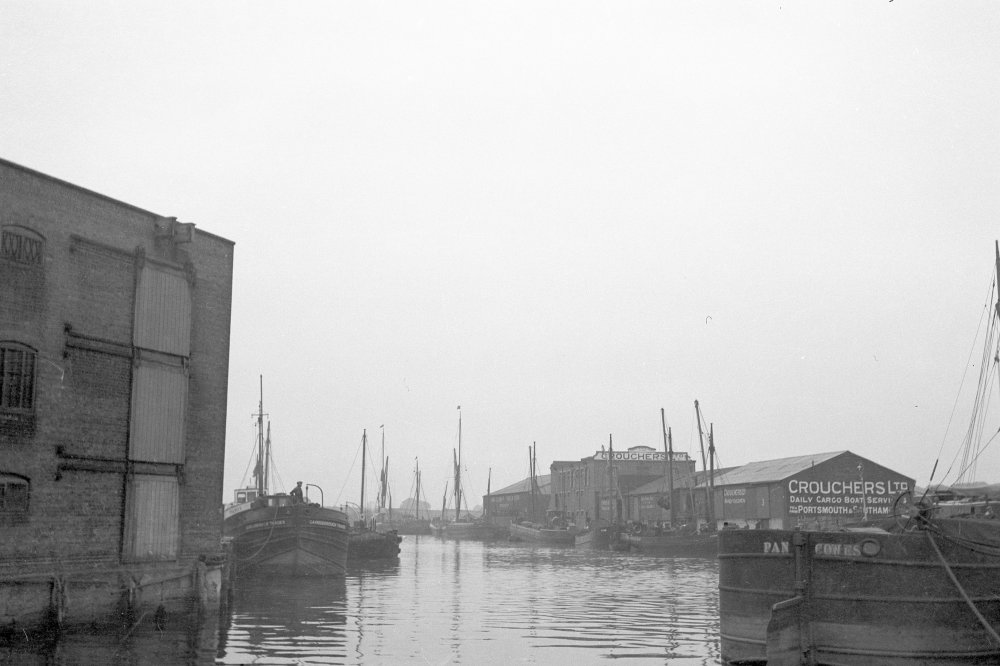
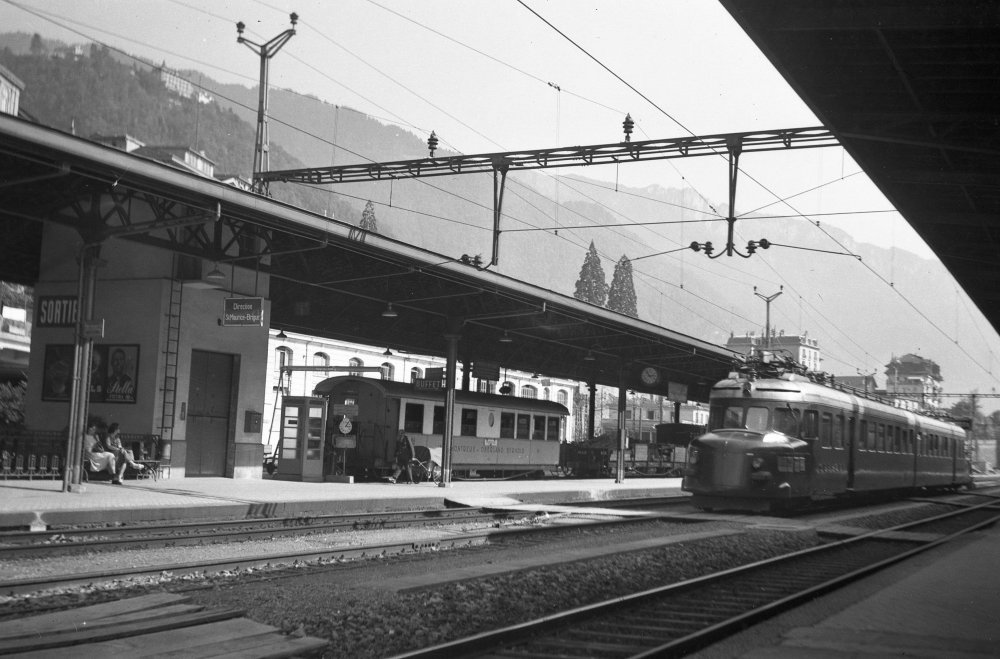
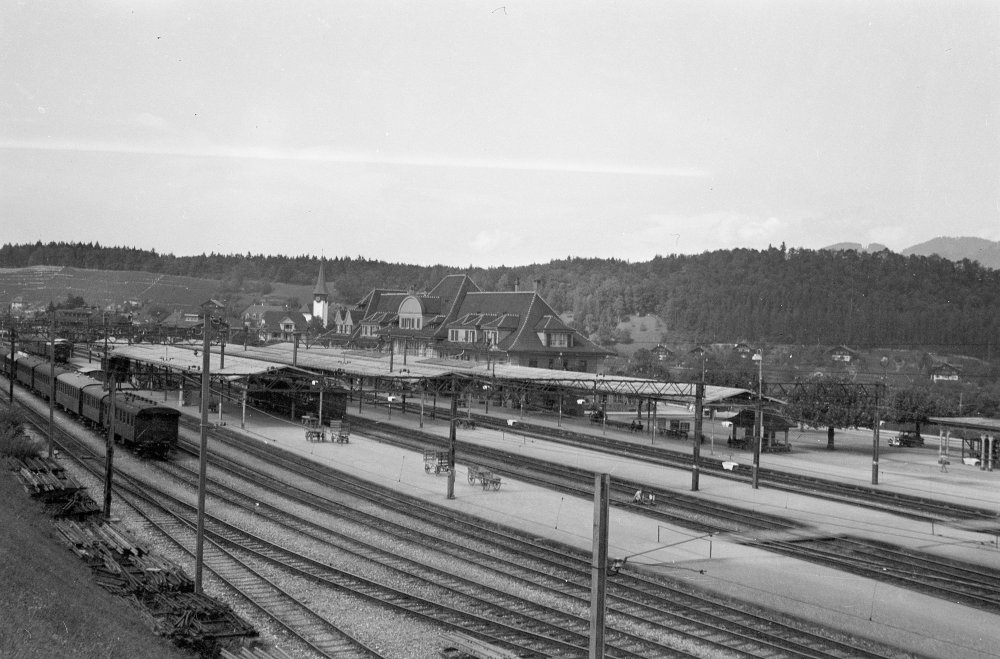
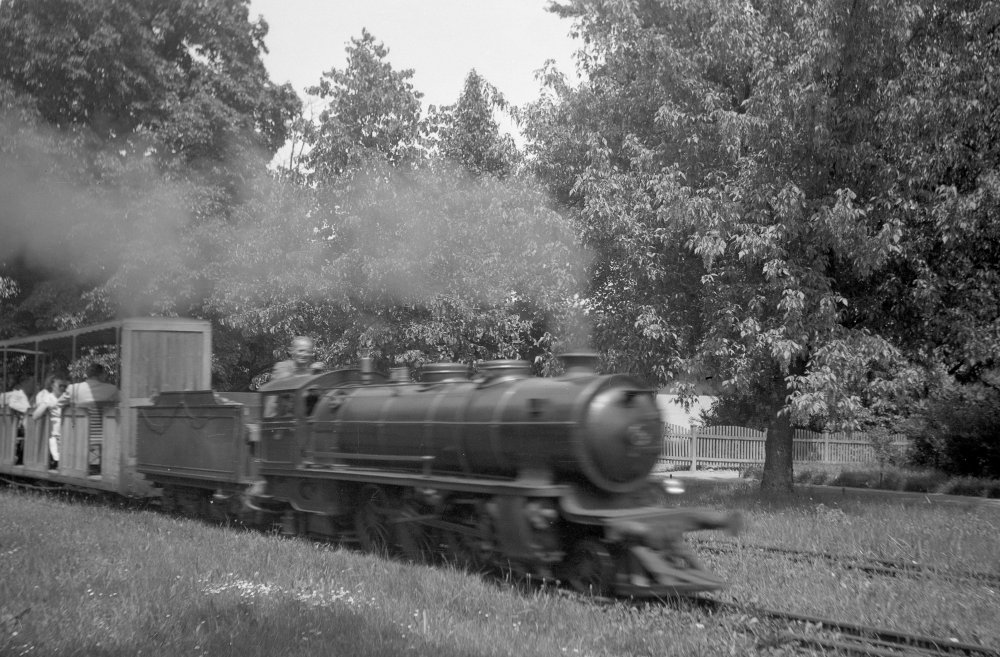
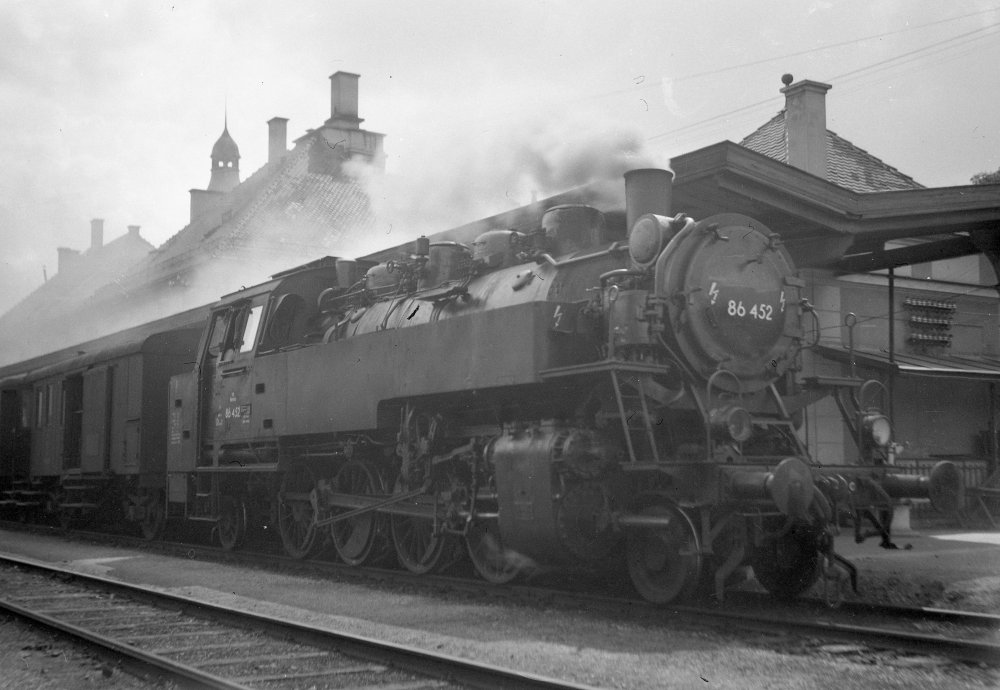
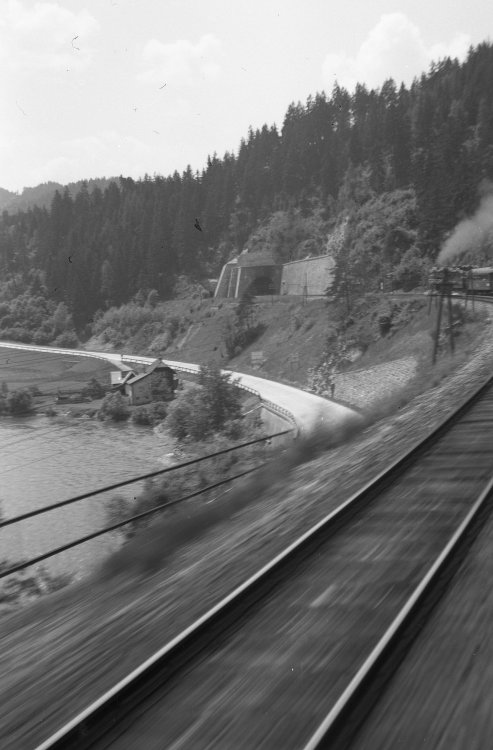

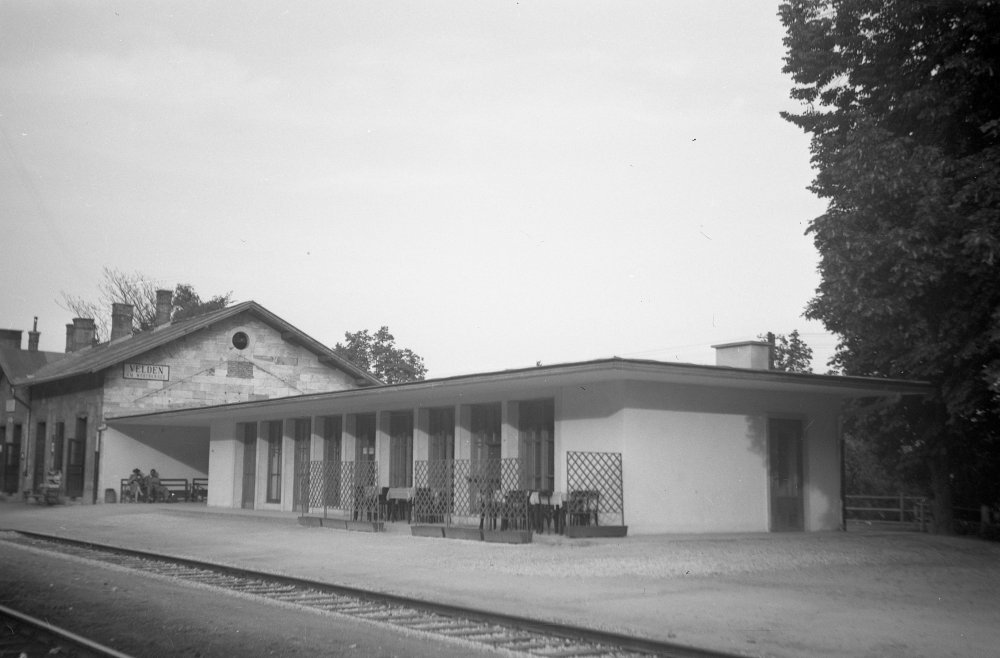
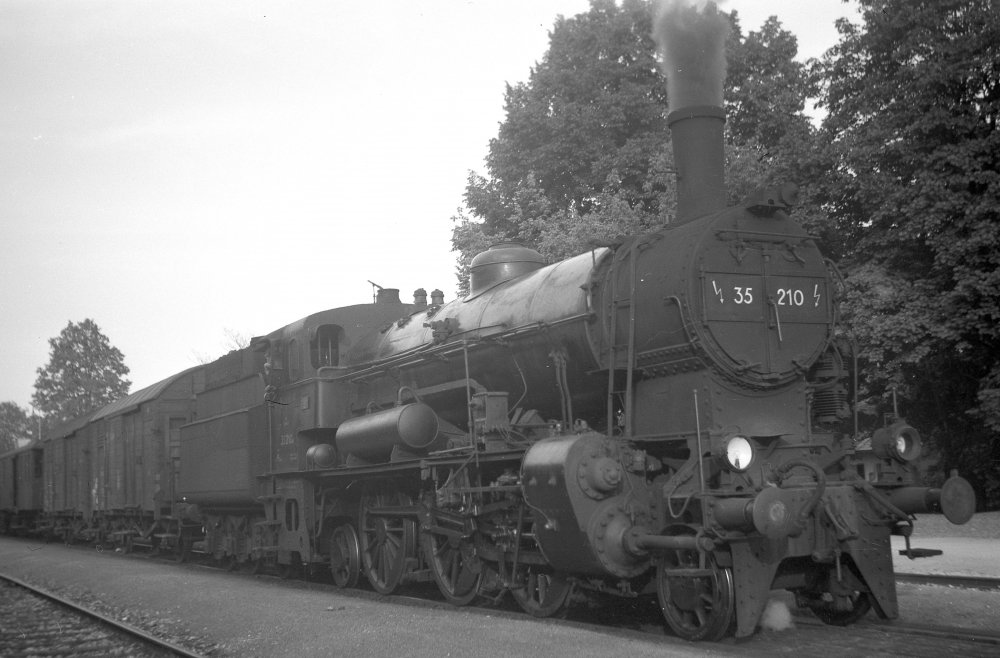
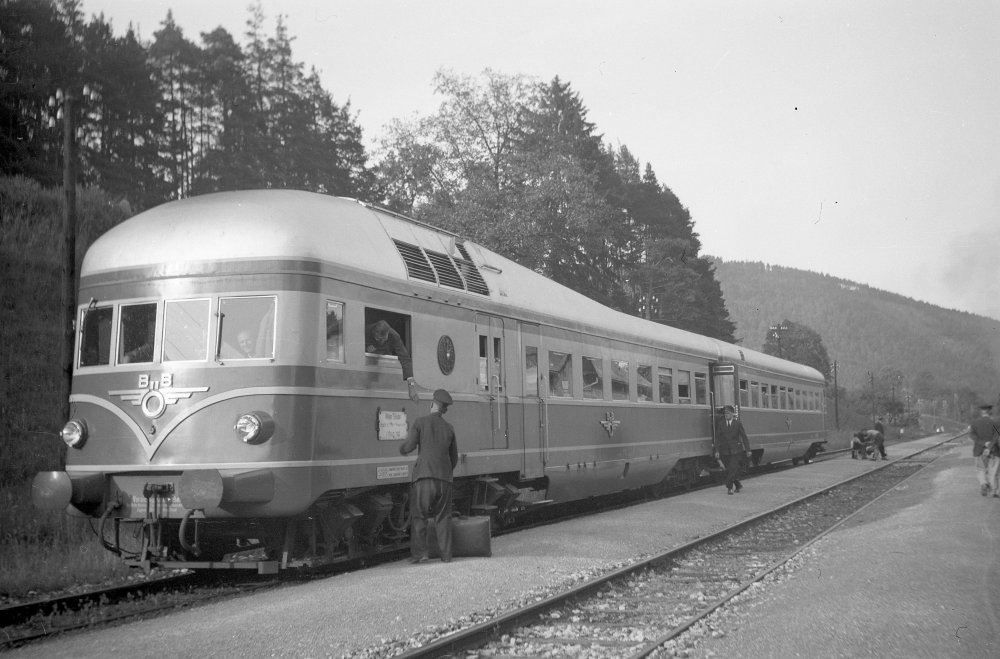
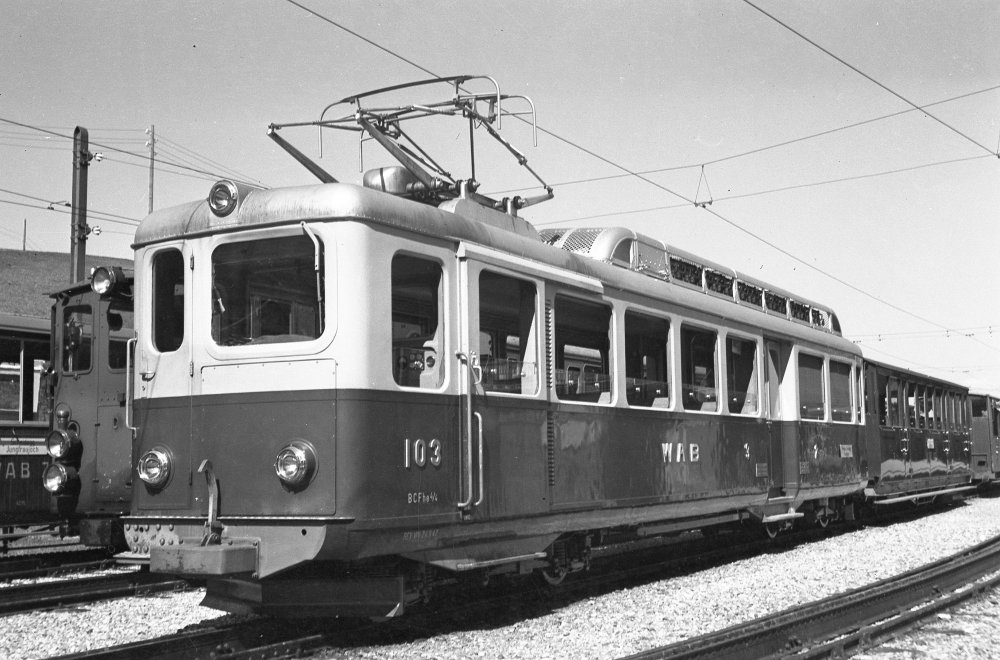
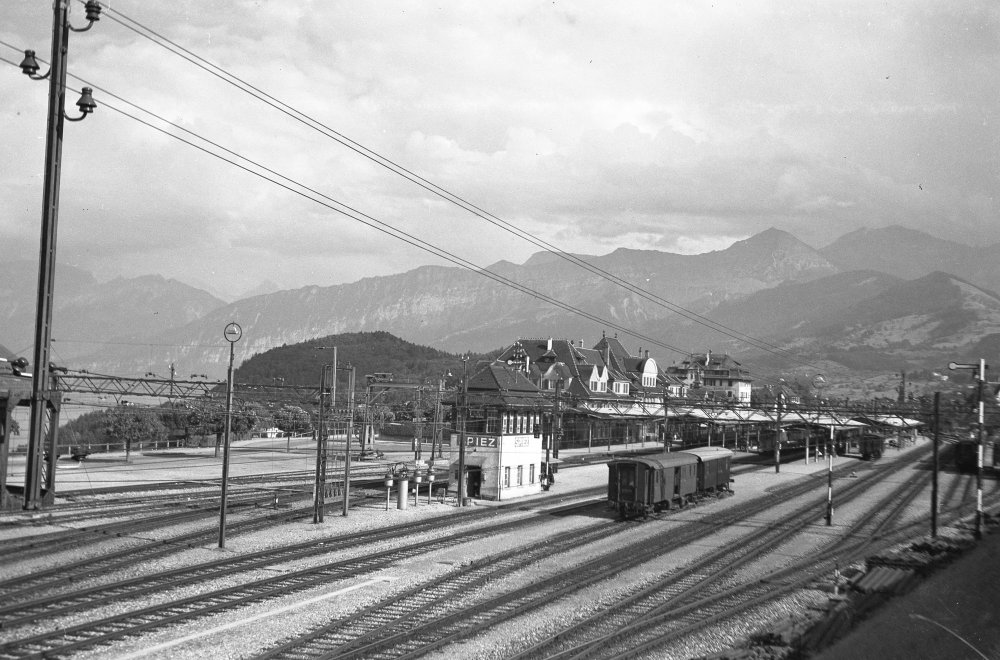
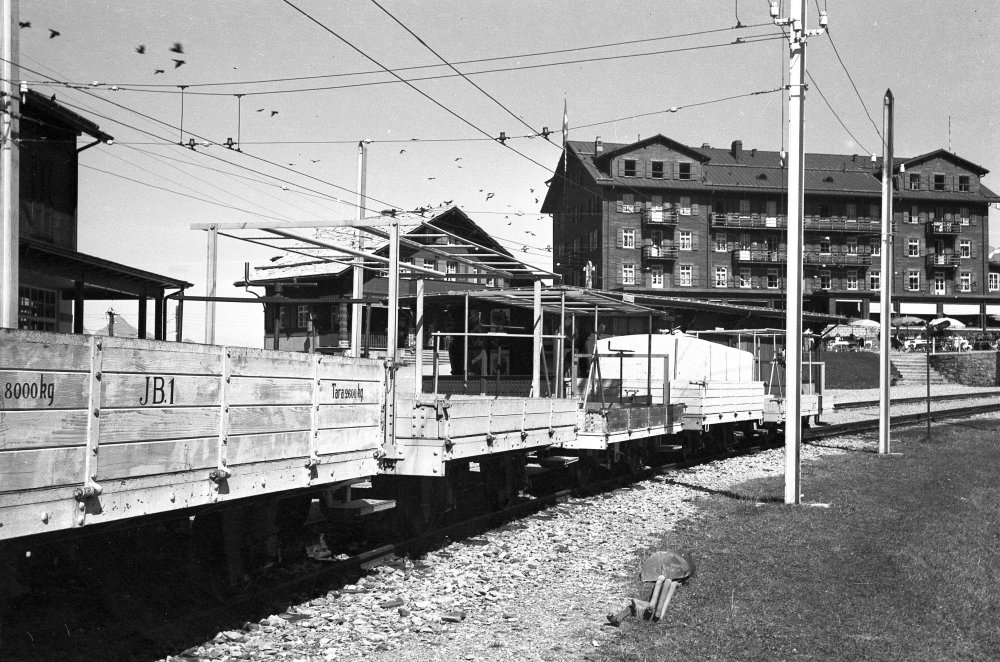



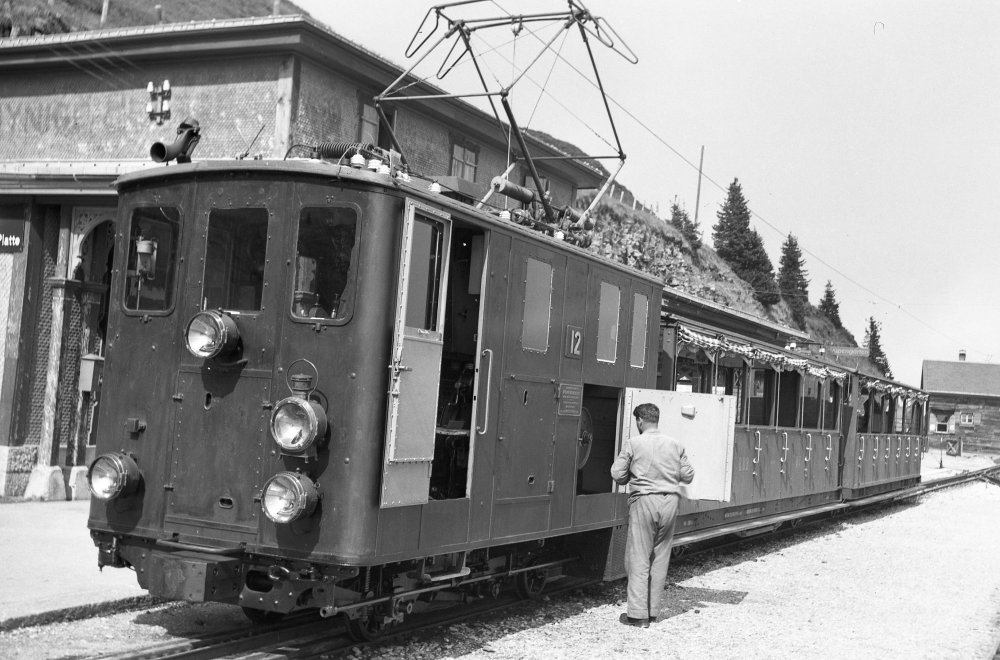
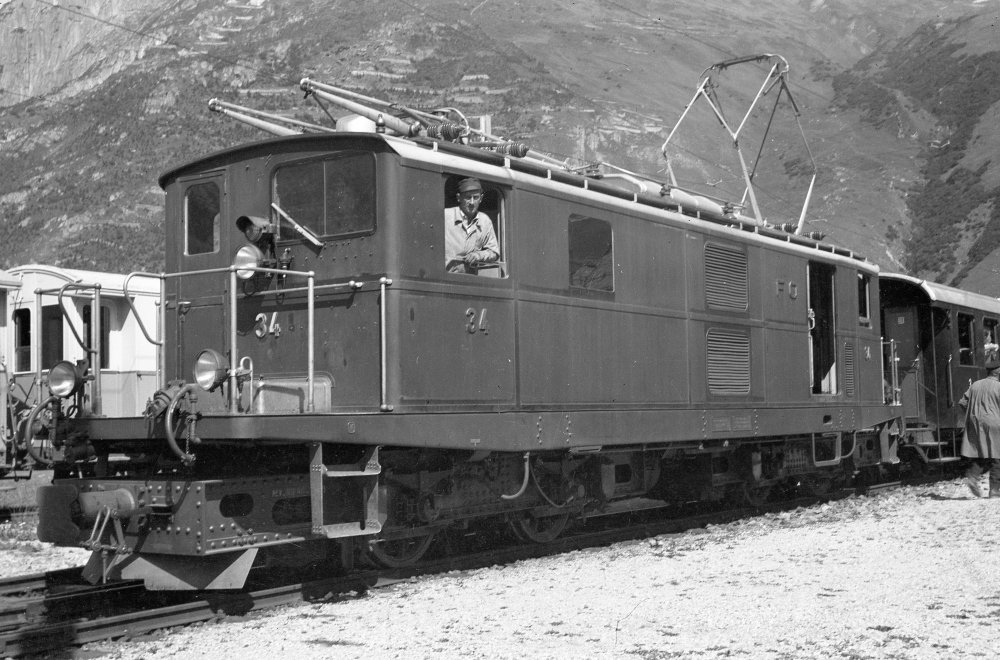
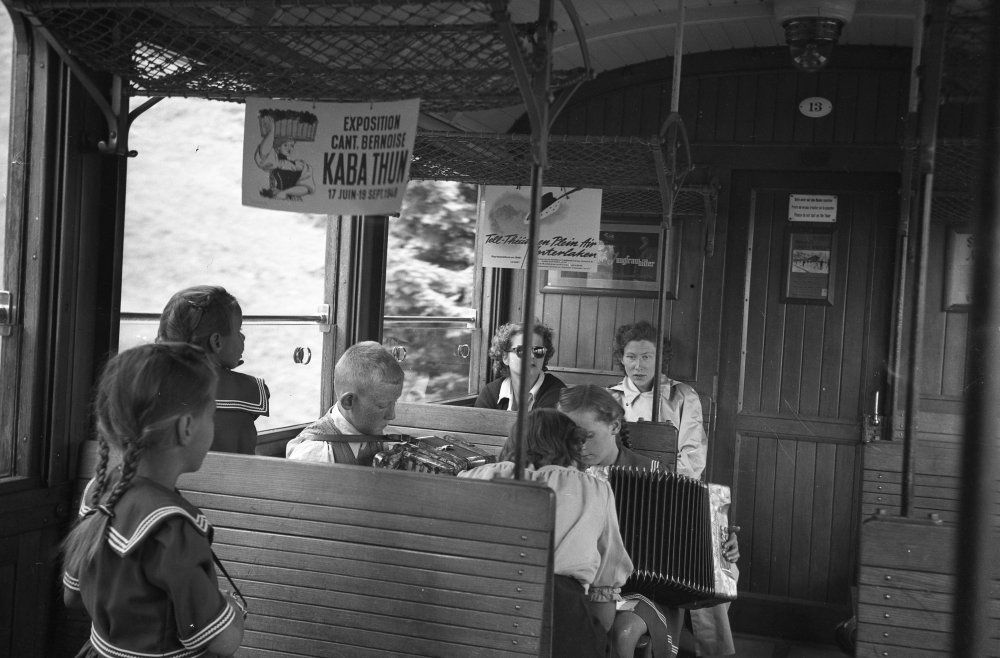
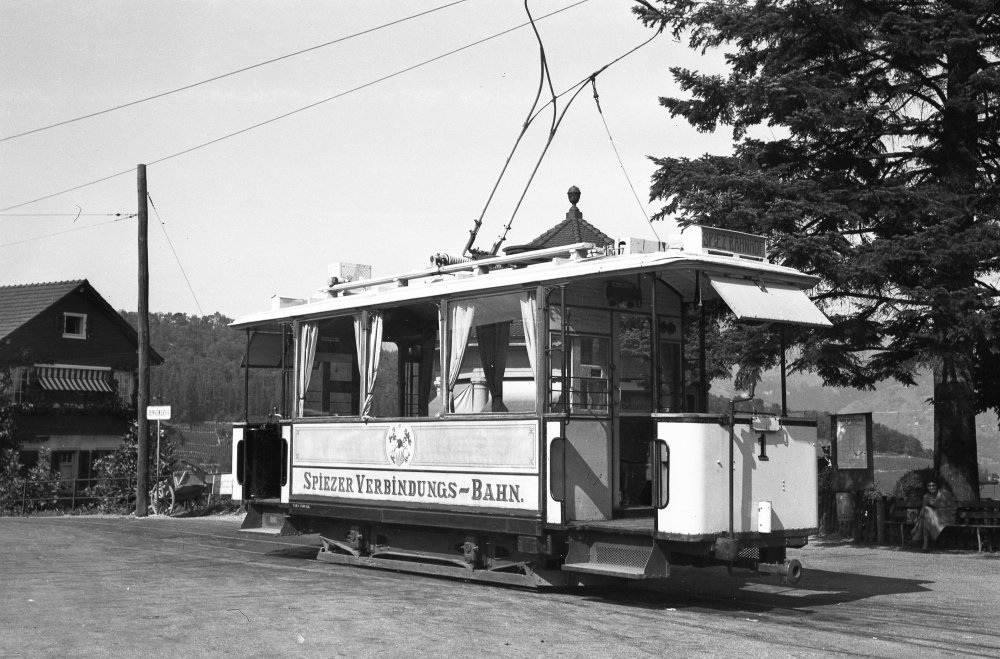
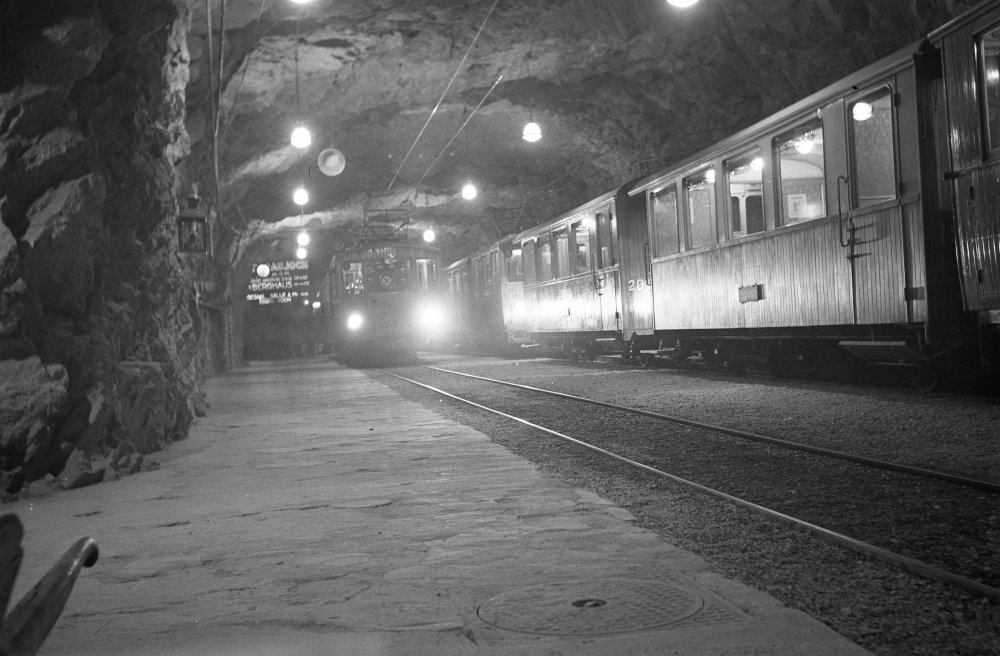



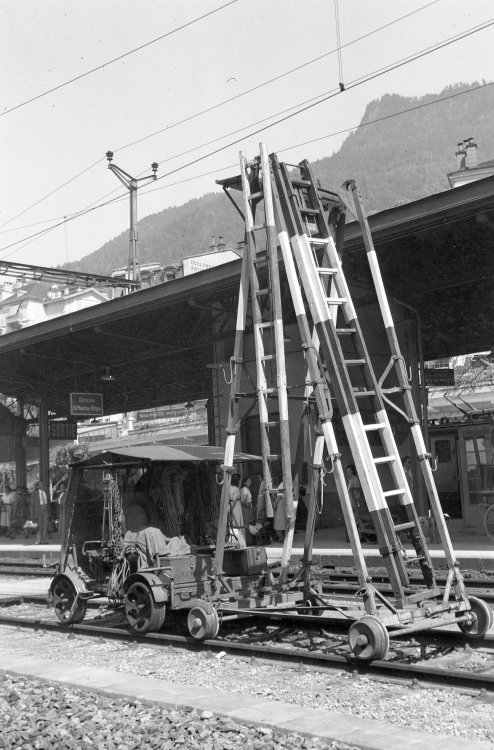

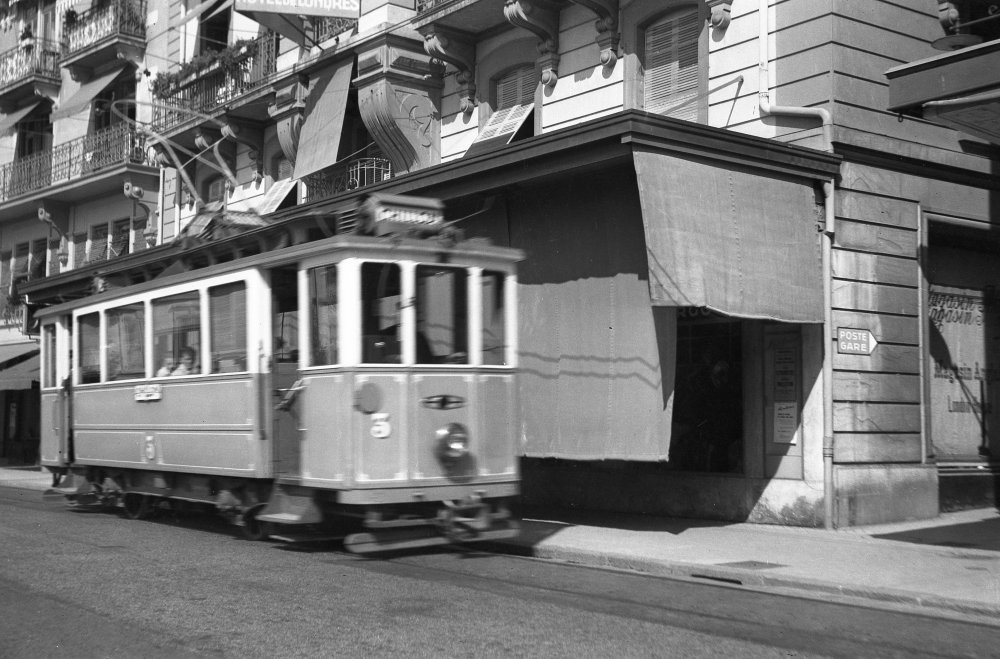
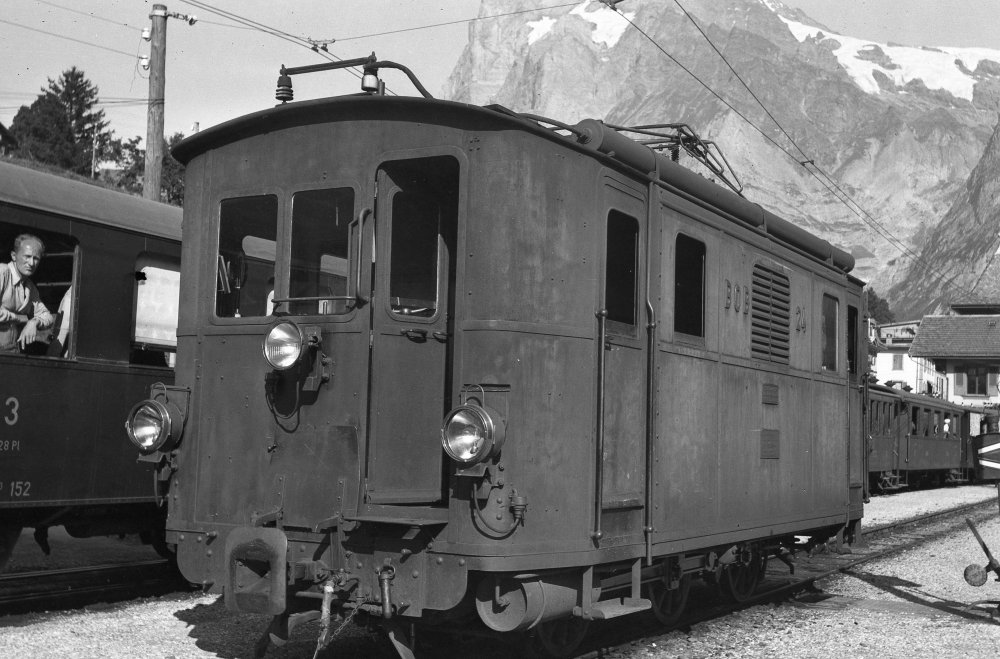
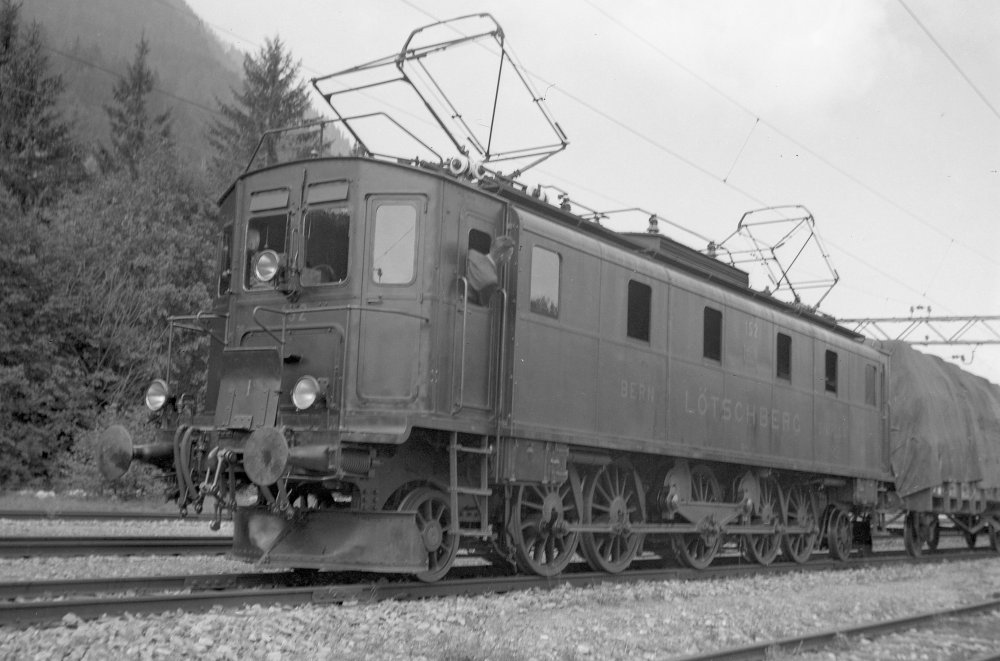
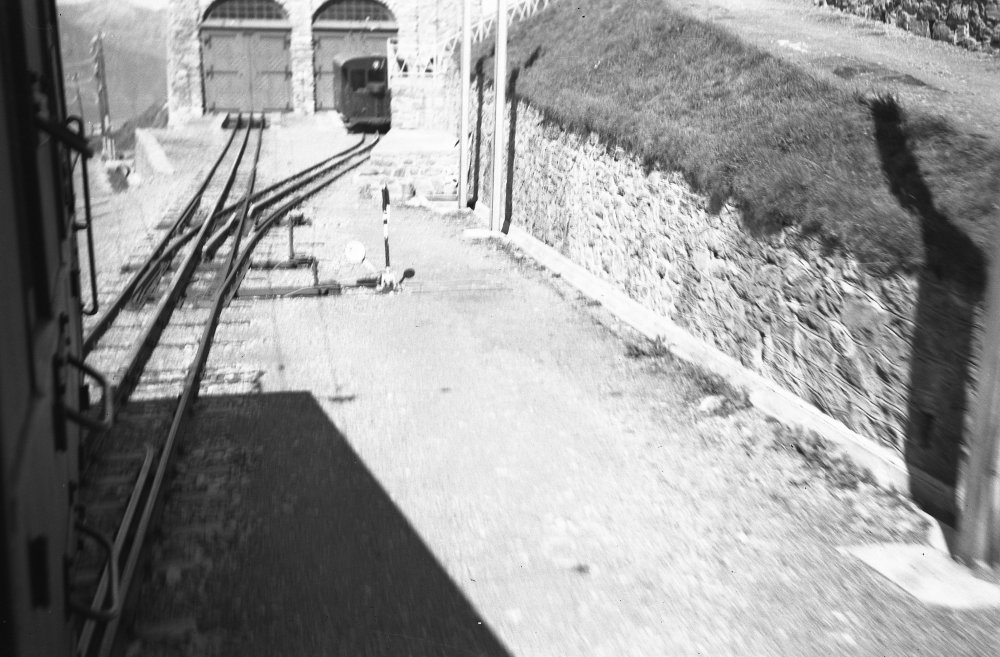
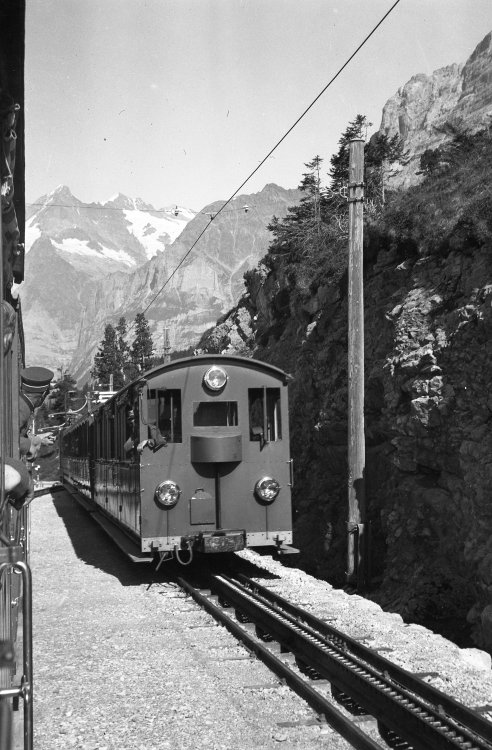
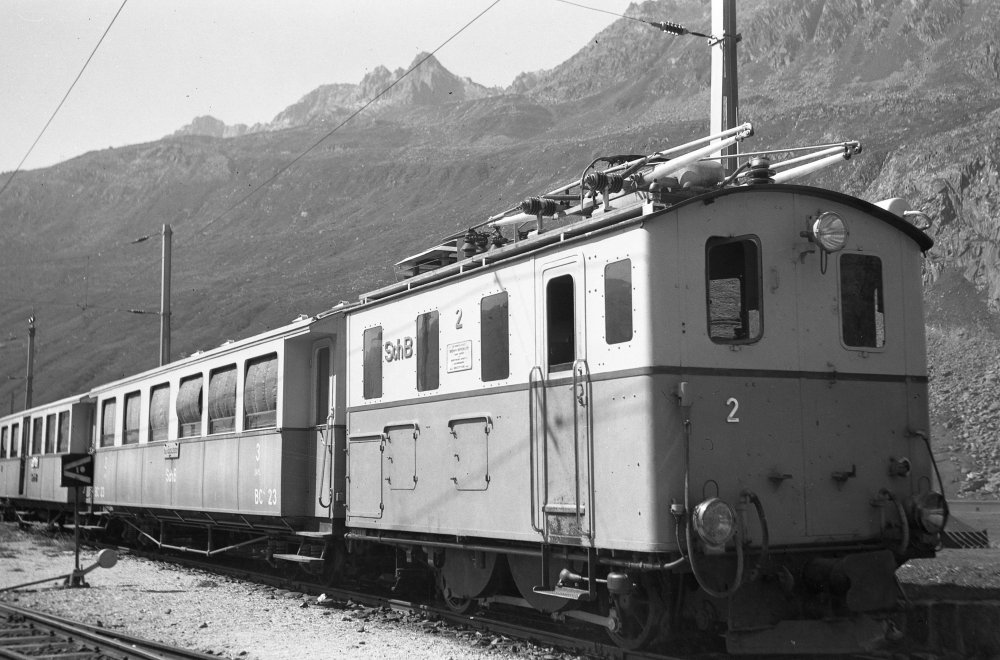
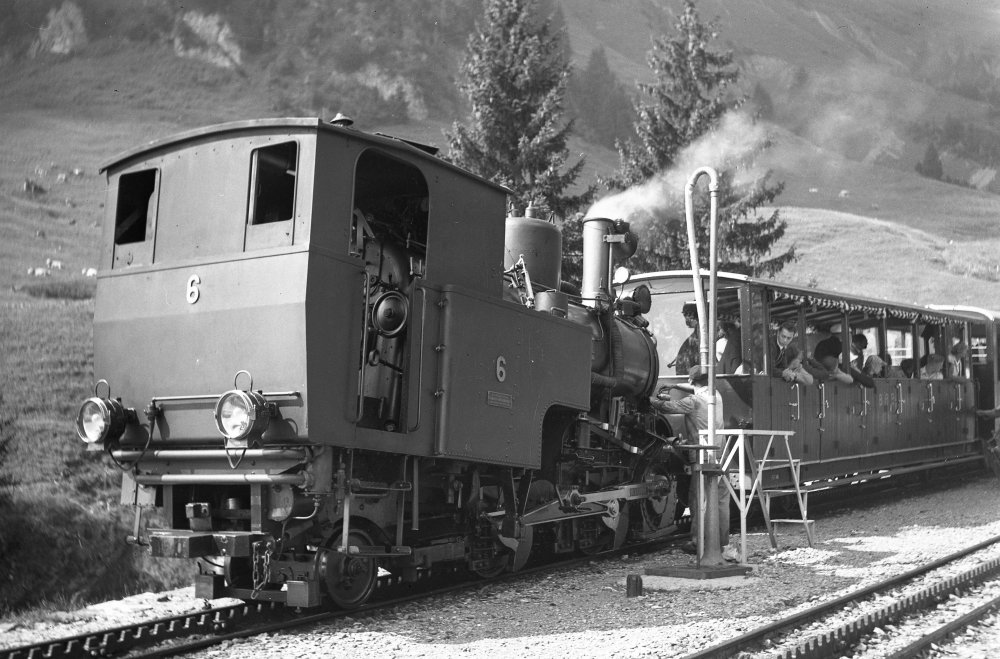
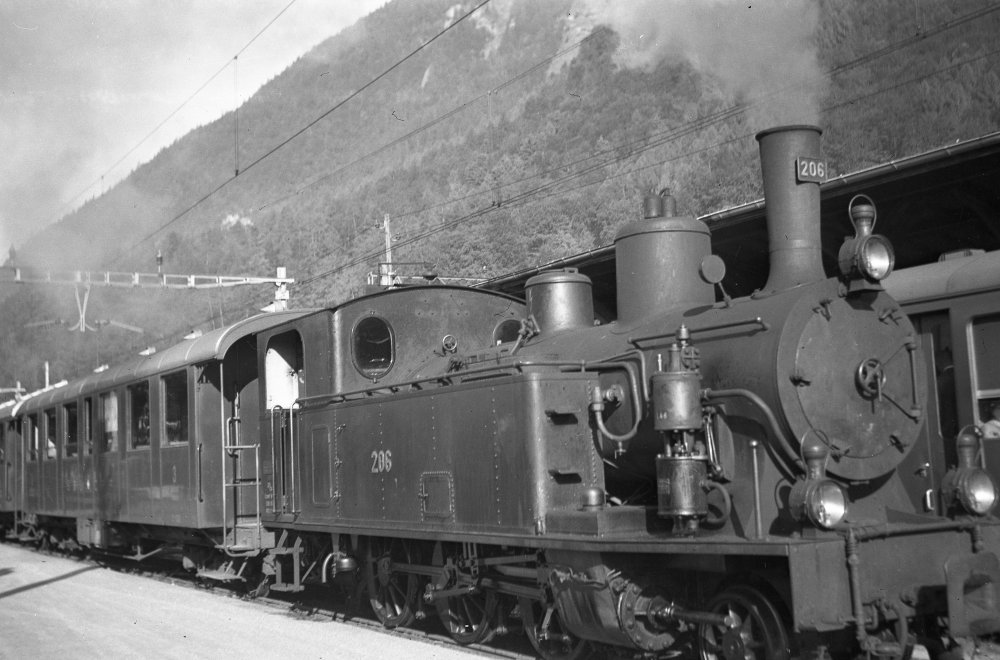
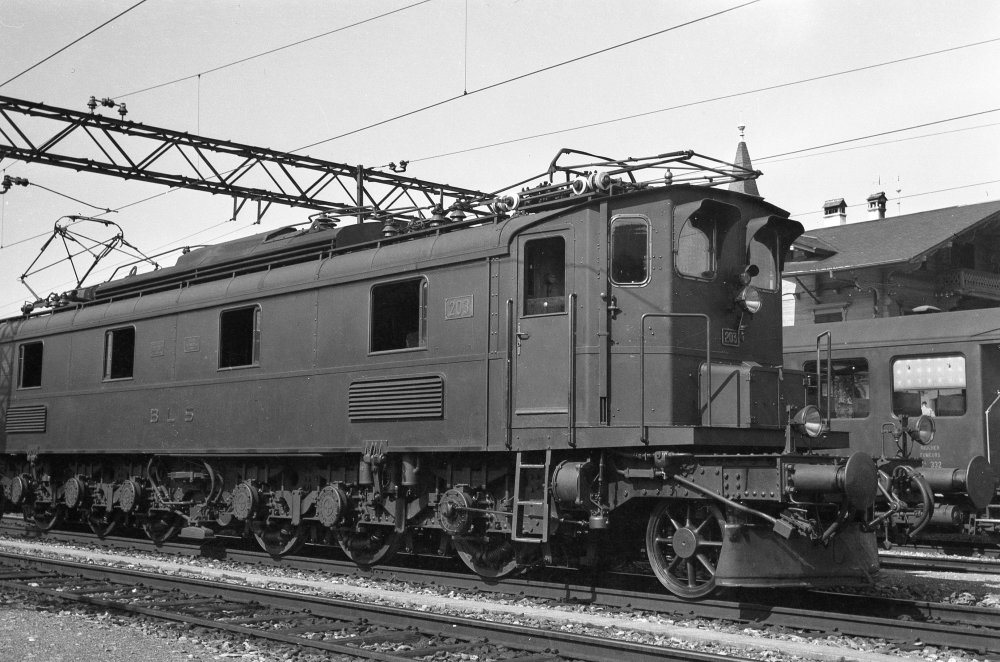
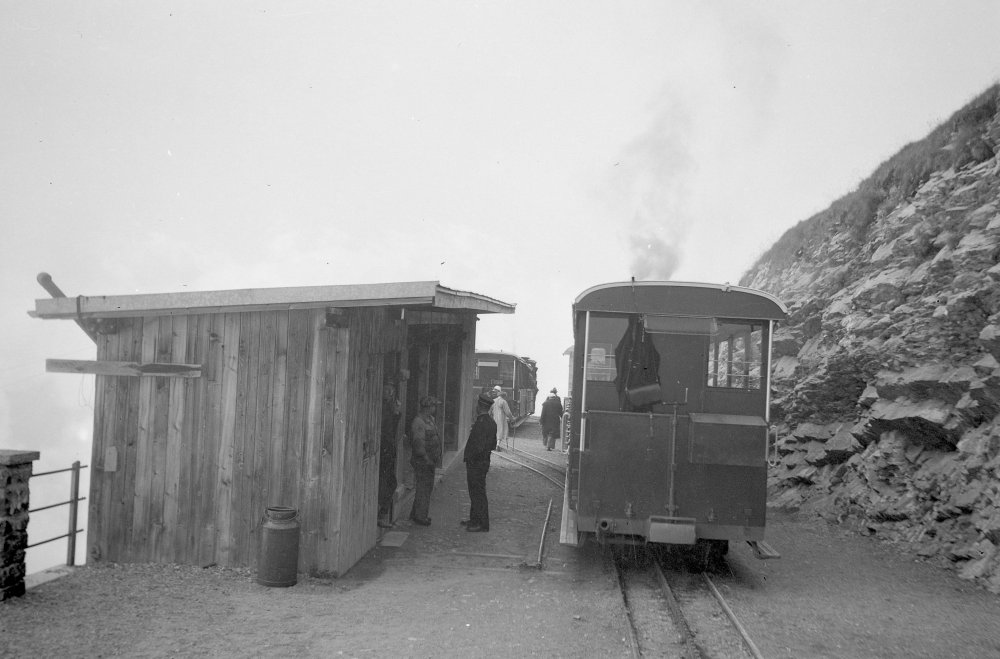
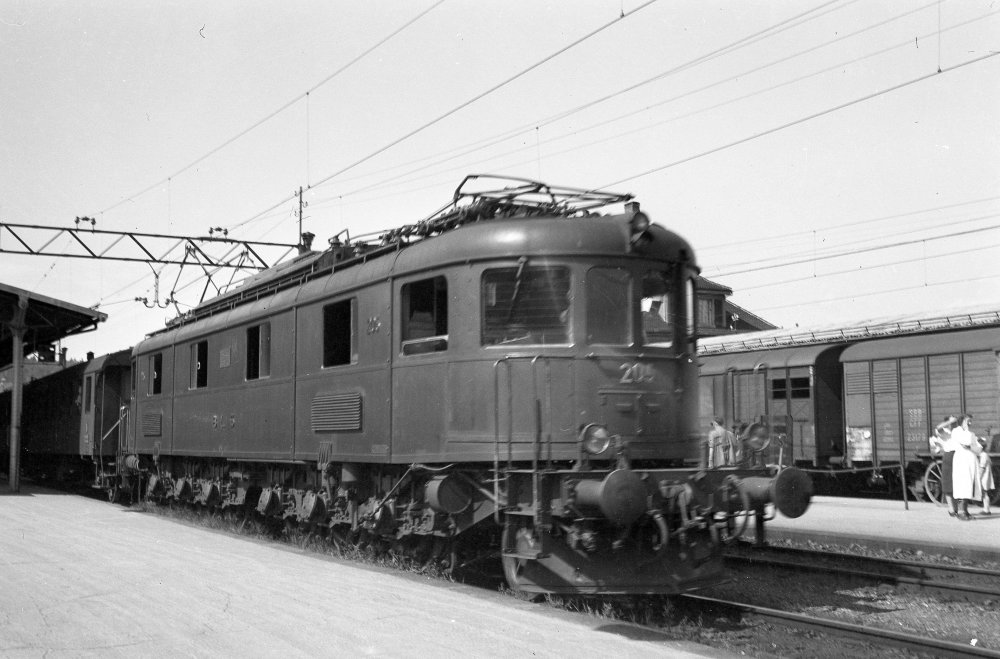
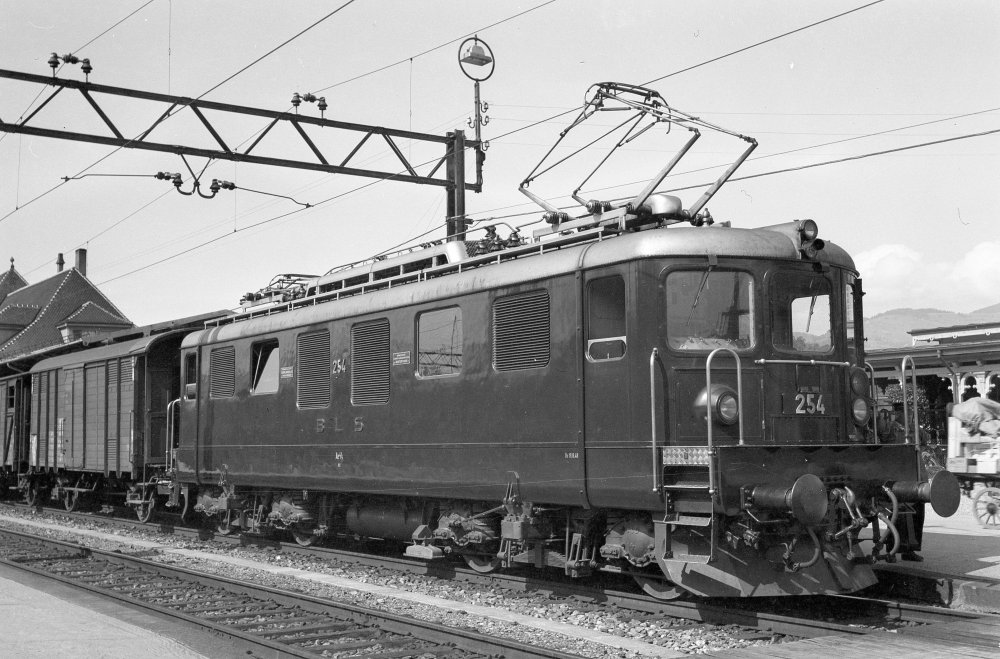
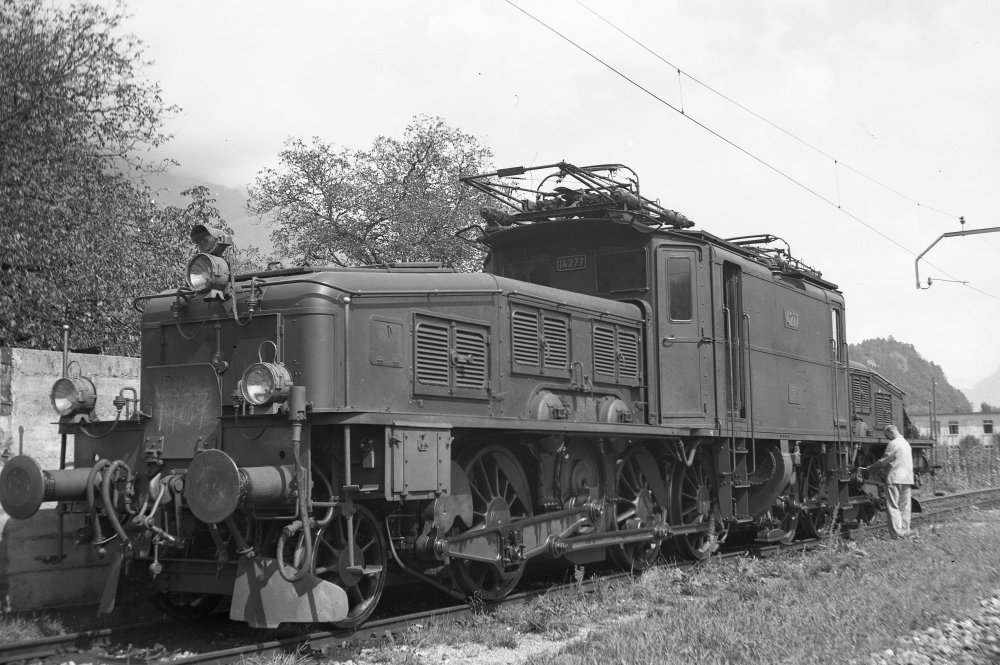
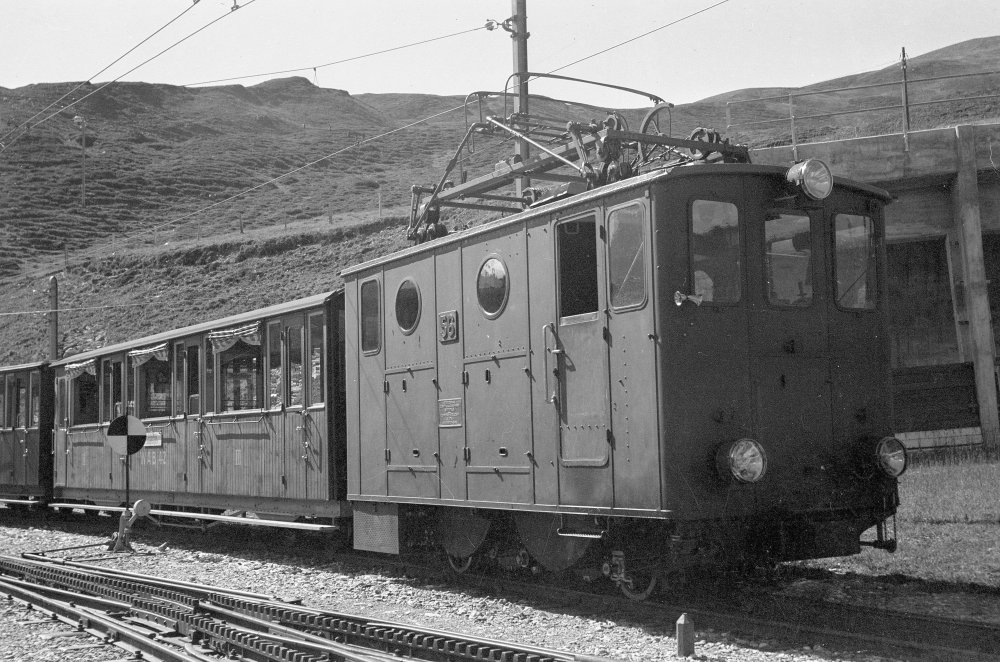
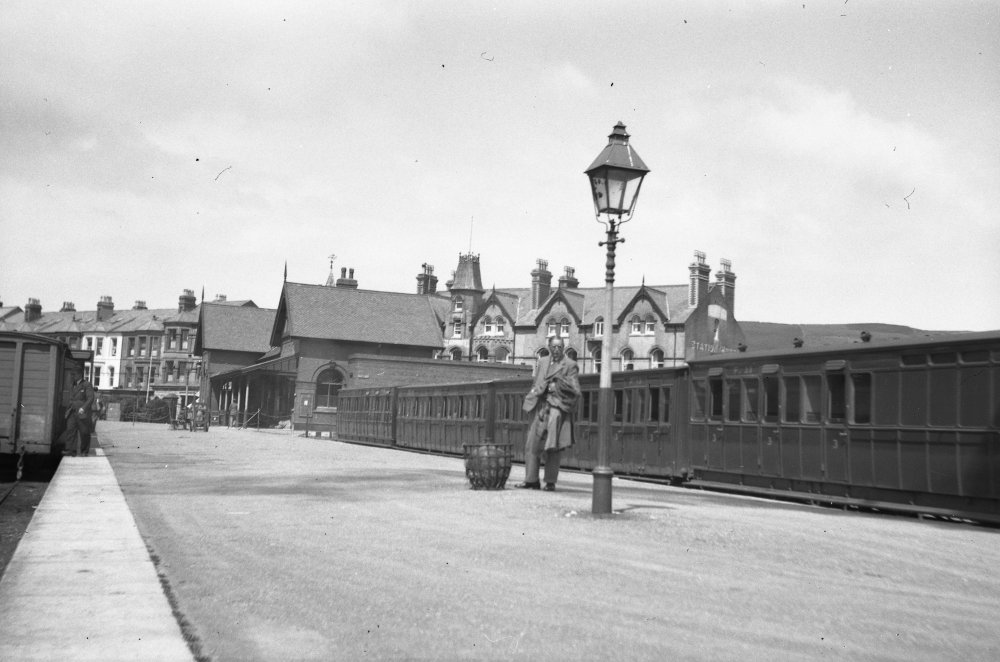
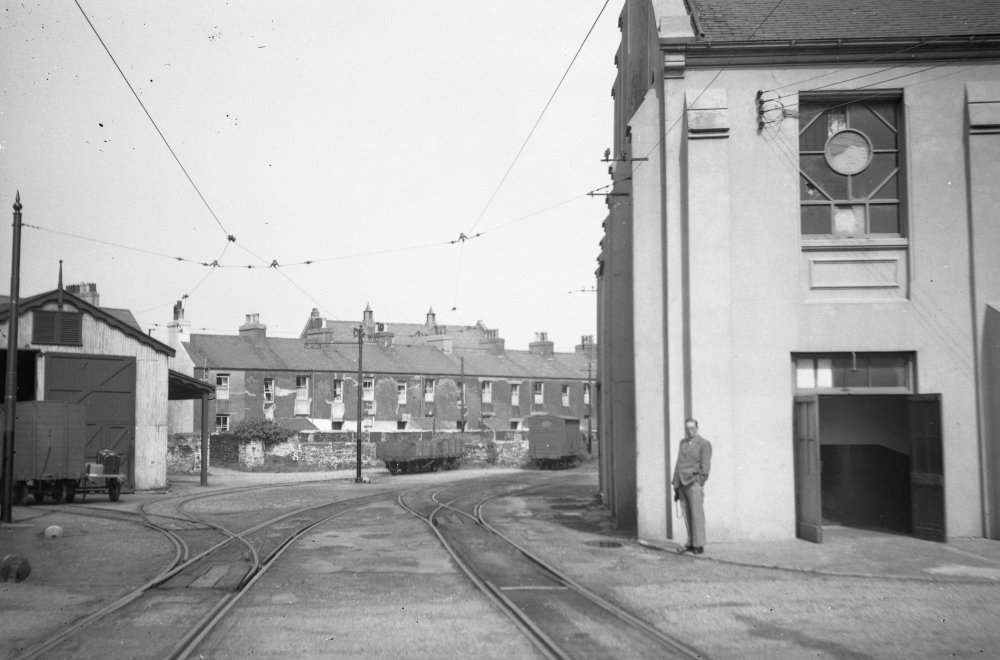
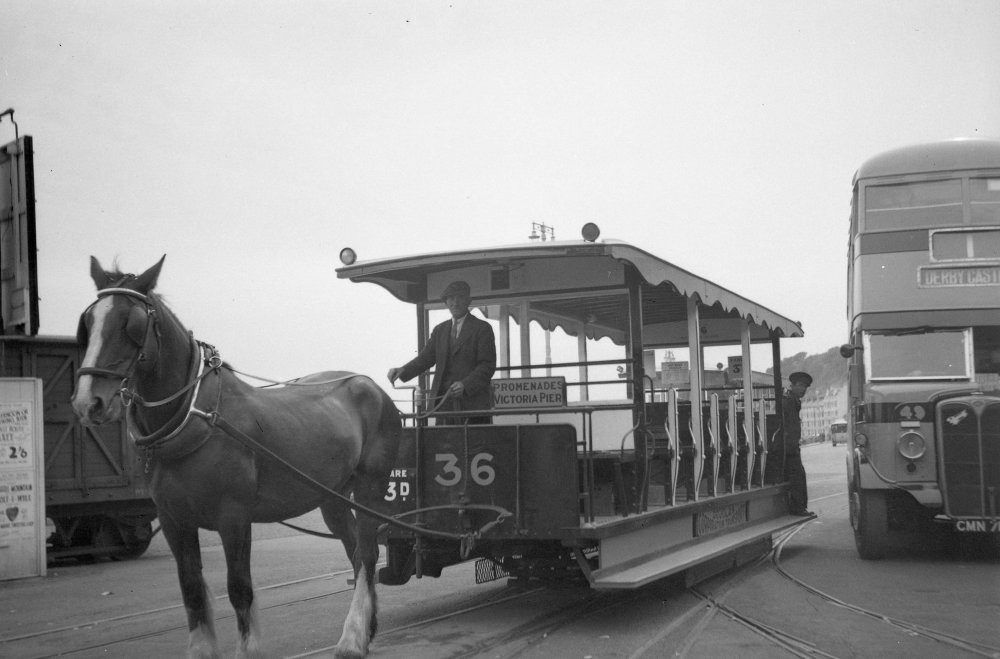
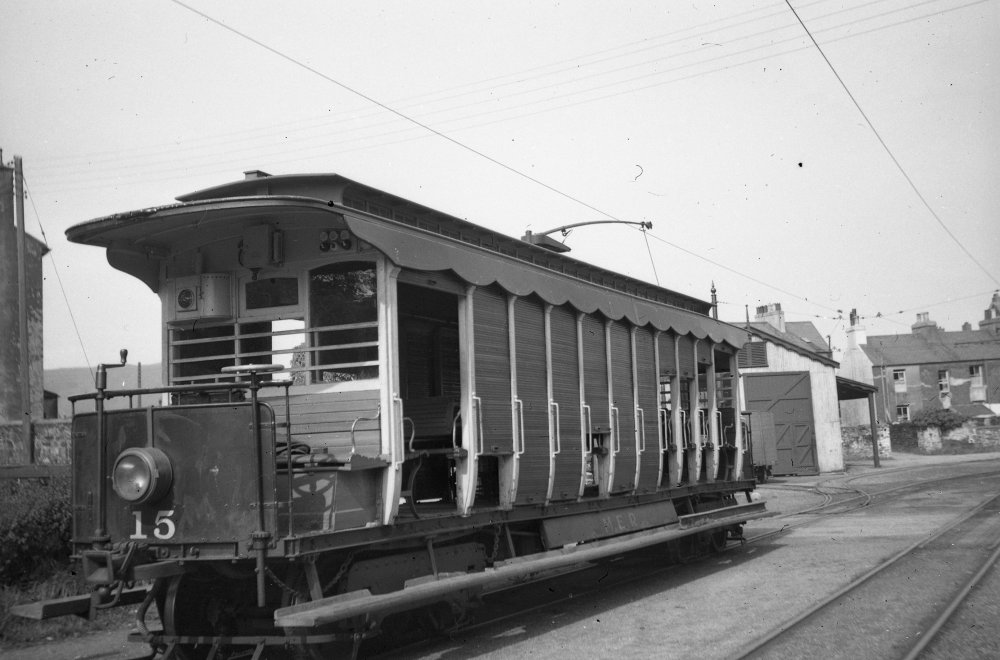
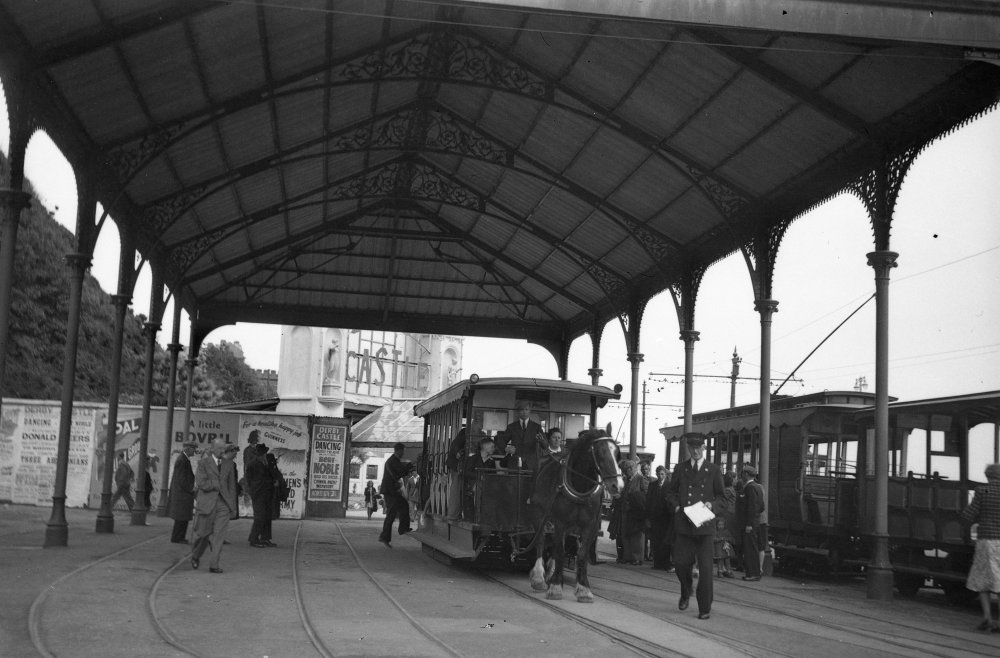
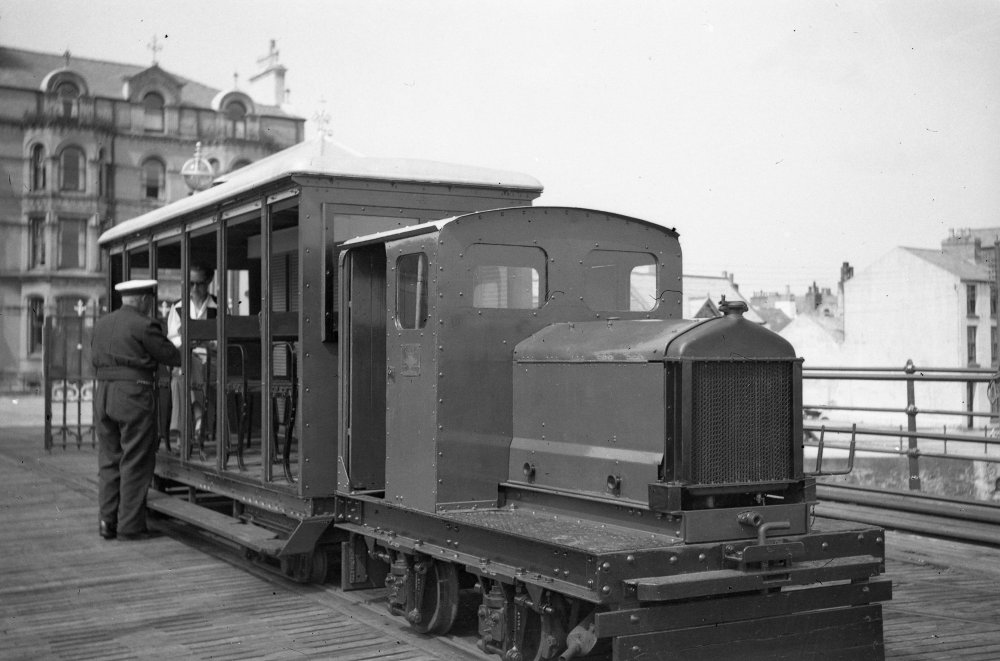
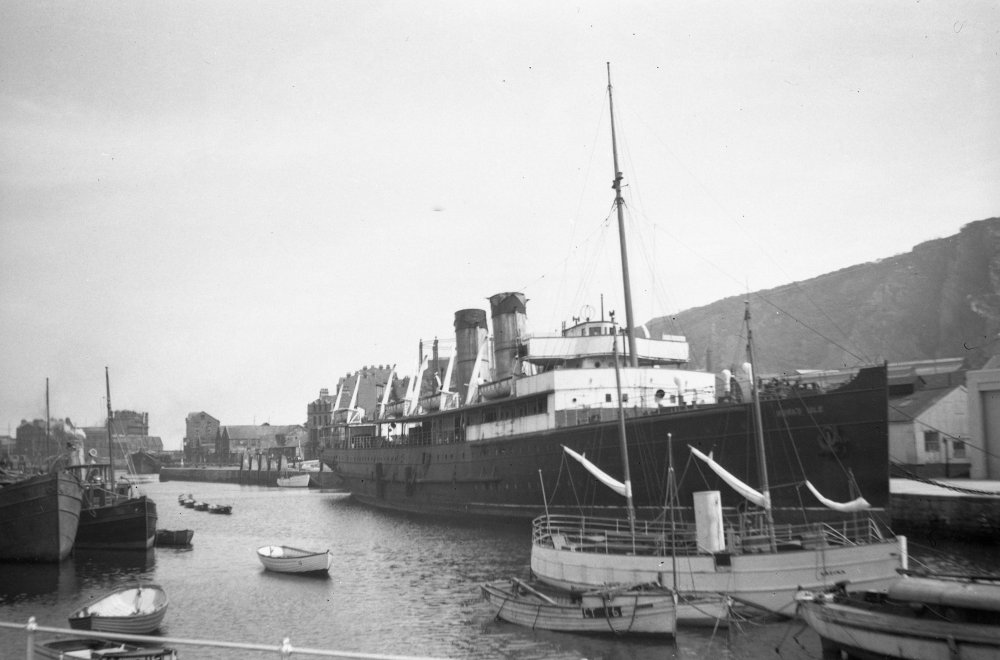
.thumb.jpg.3627c328b353680debc9863b134208a7.jpg)
